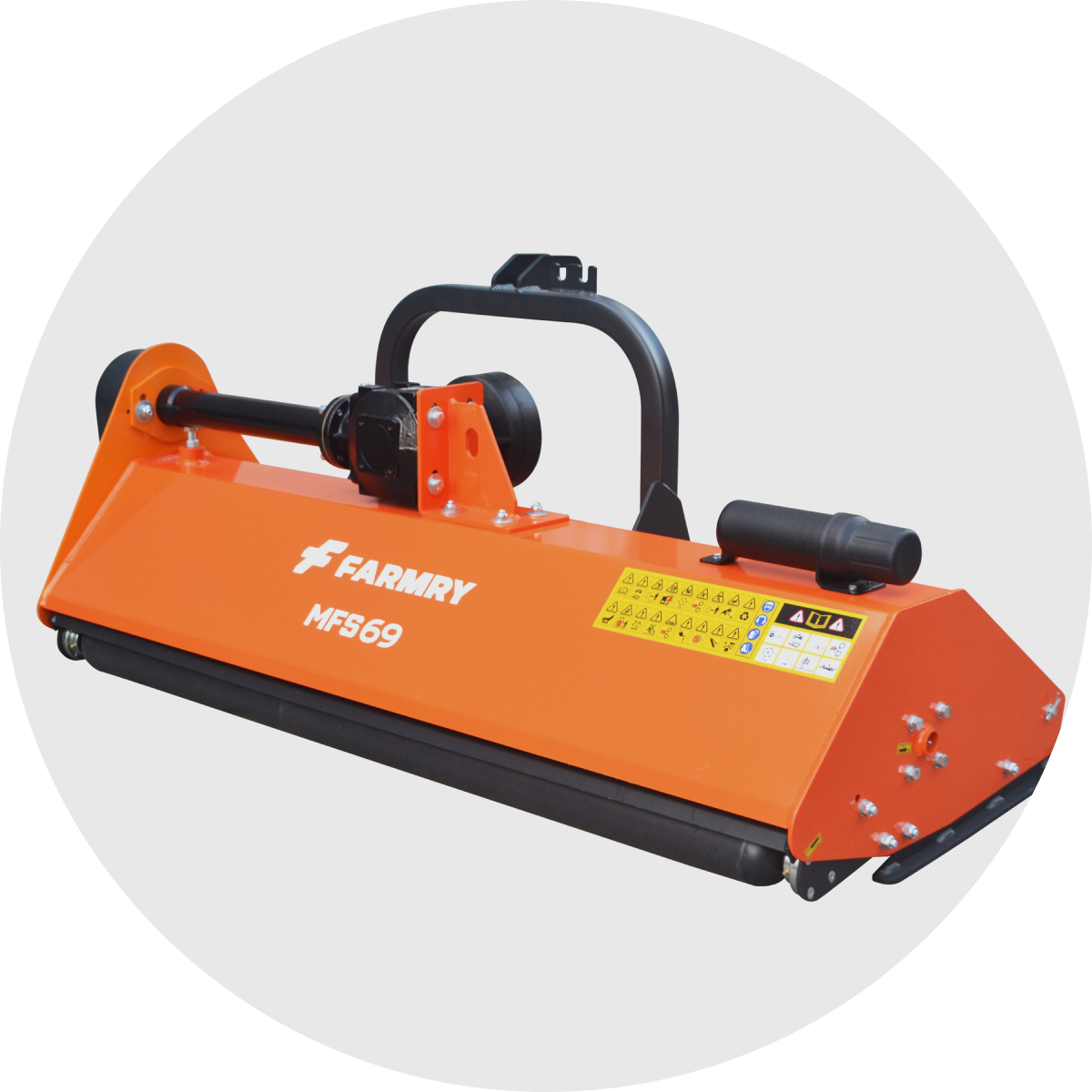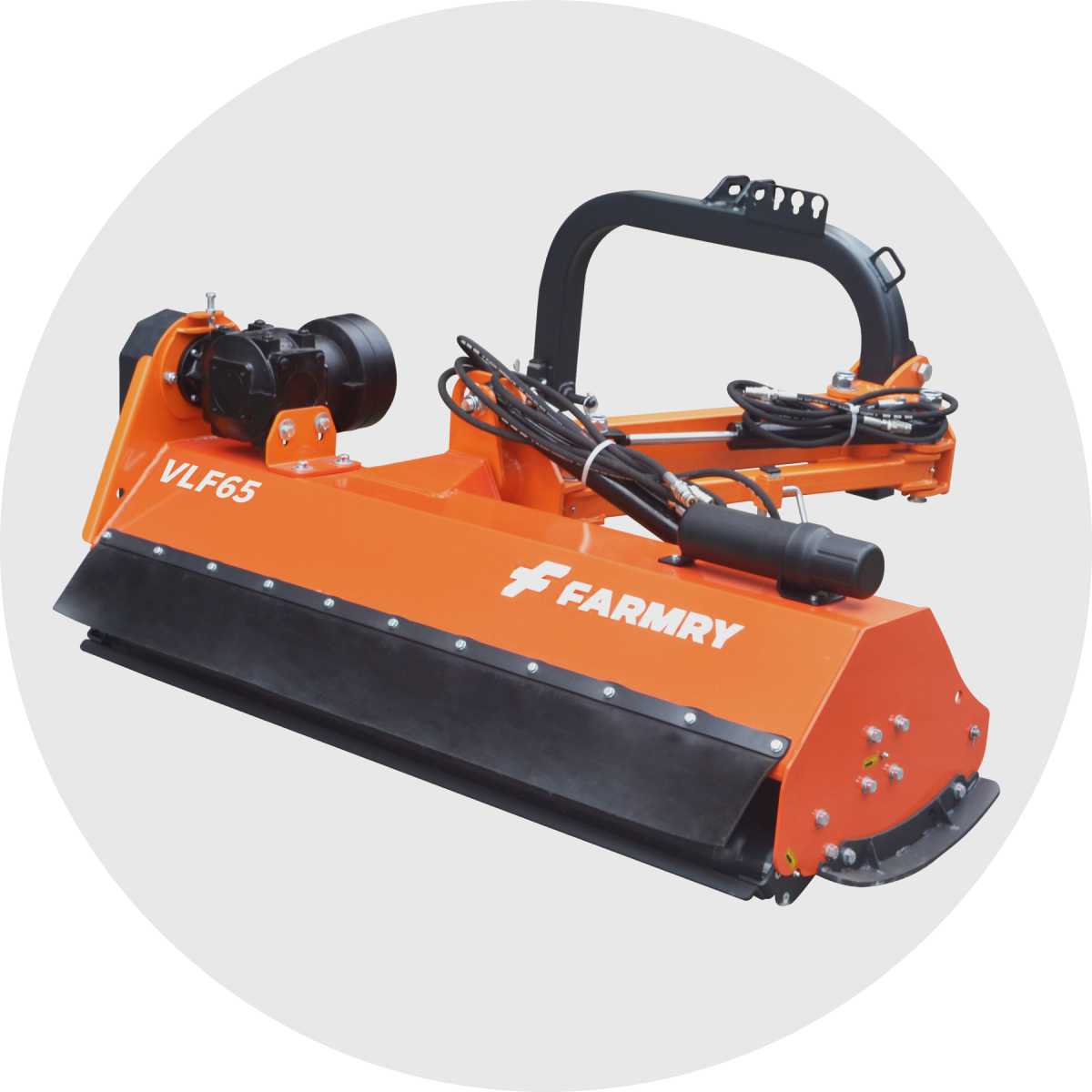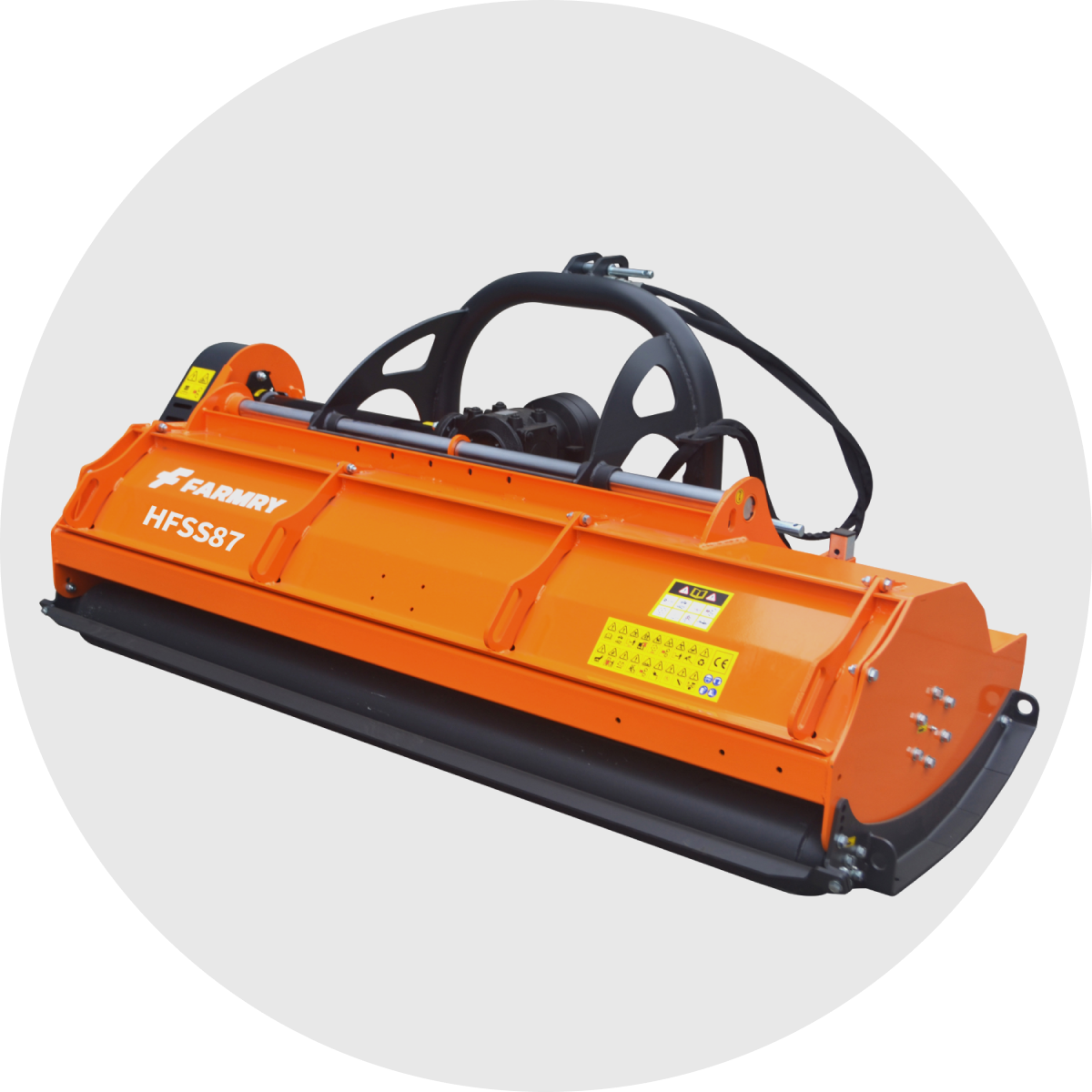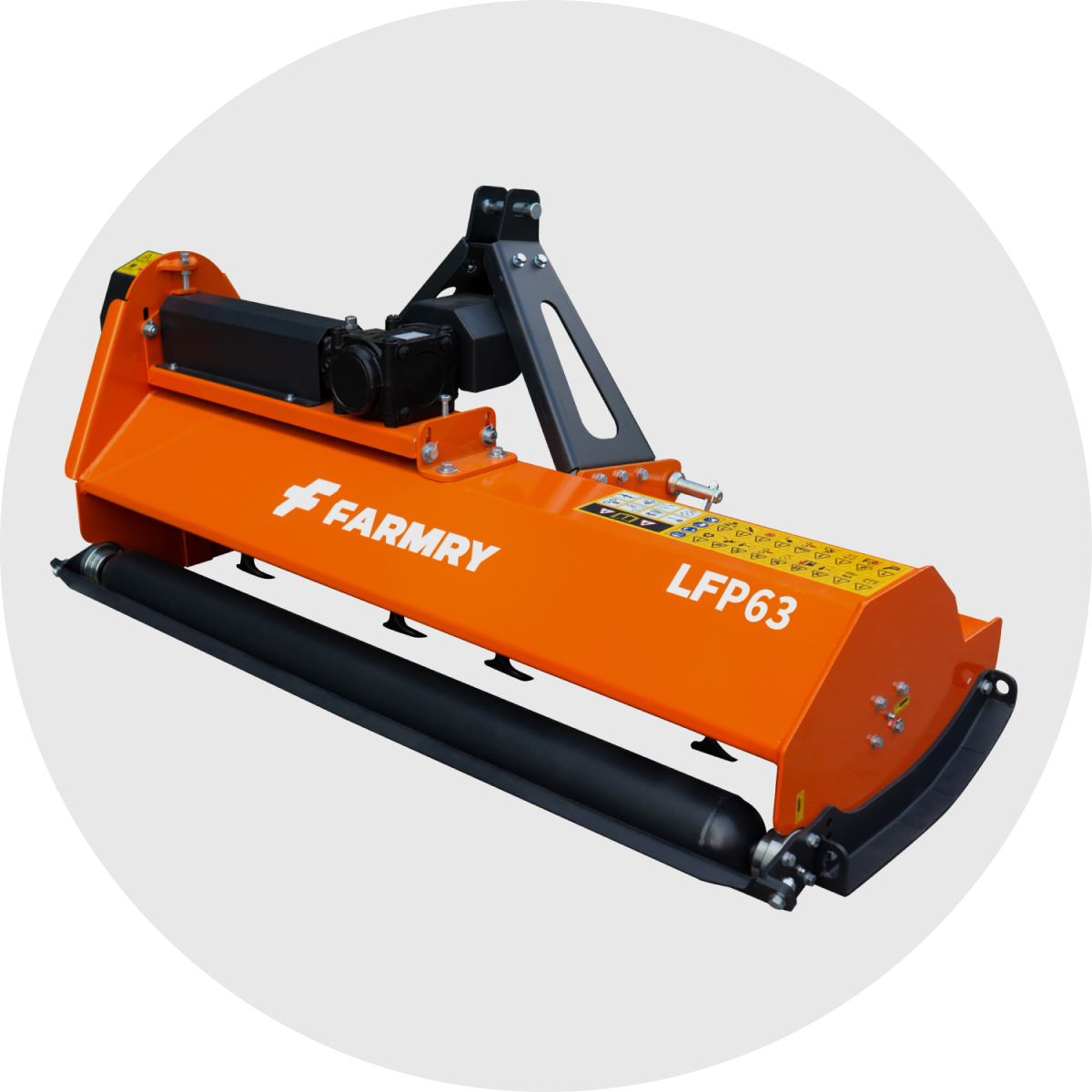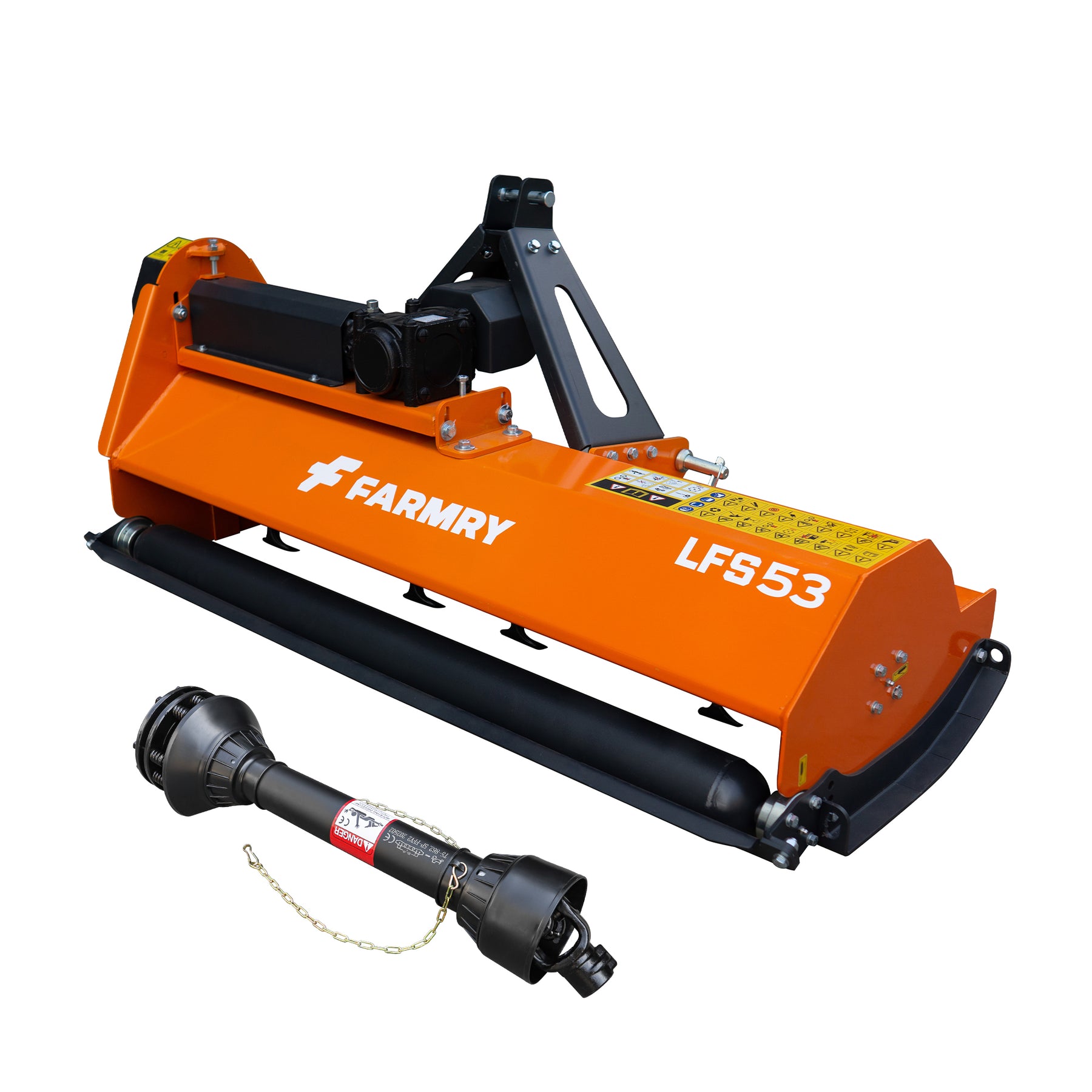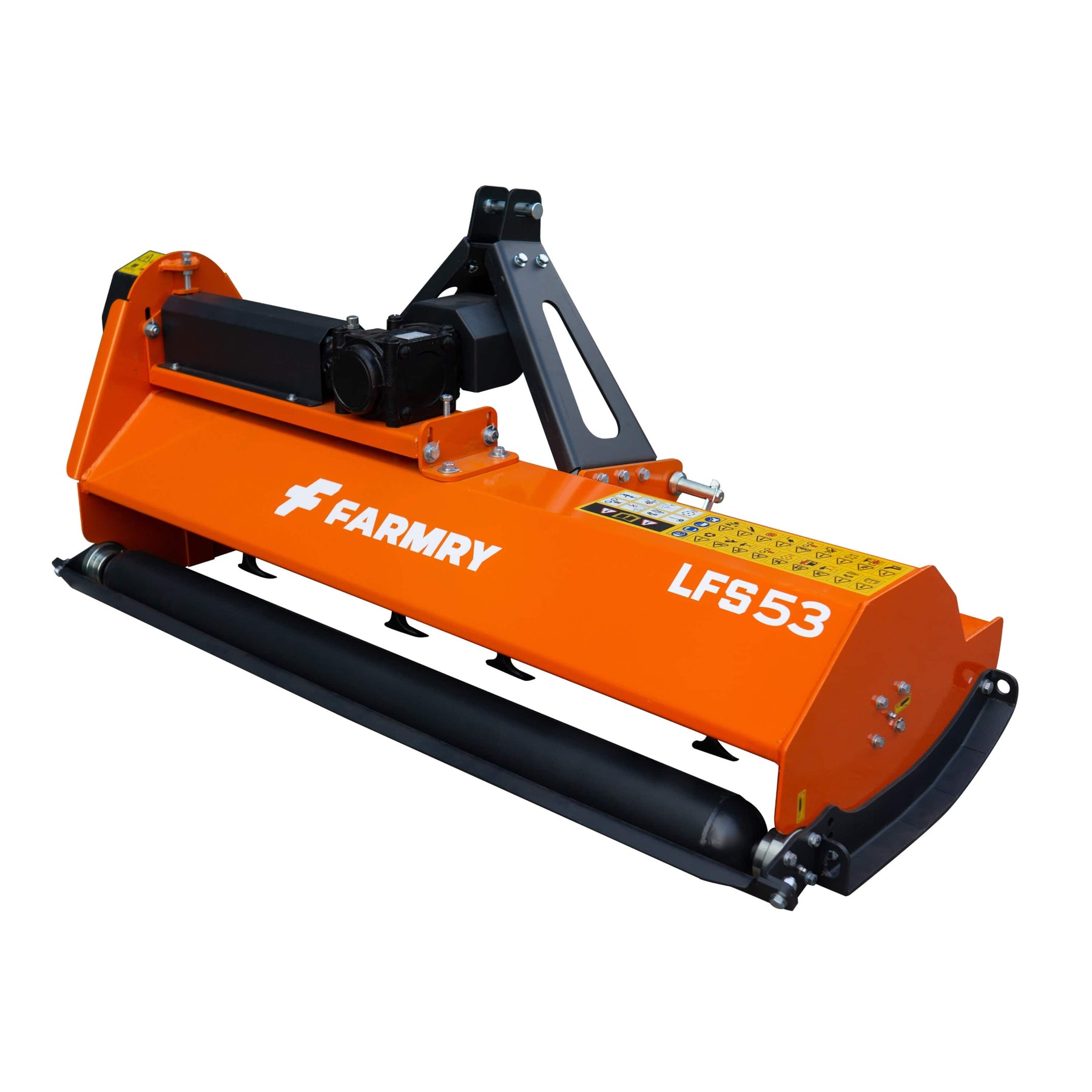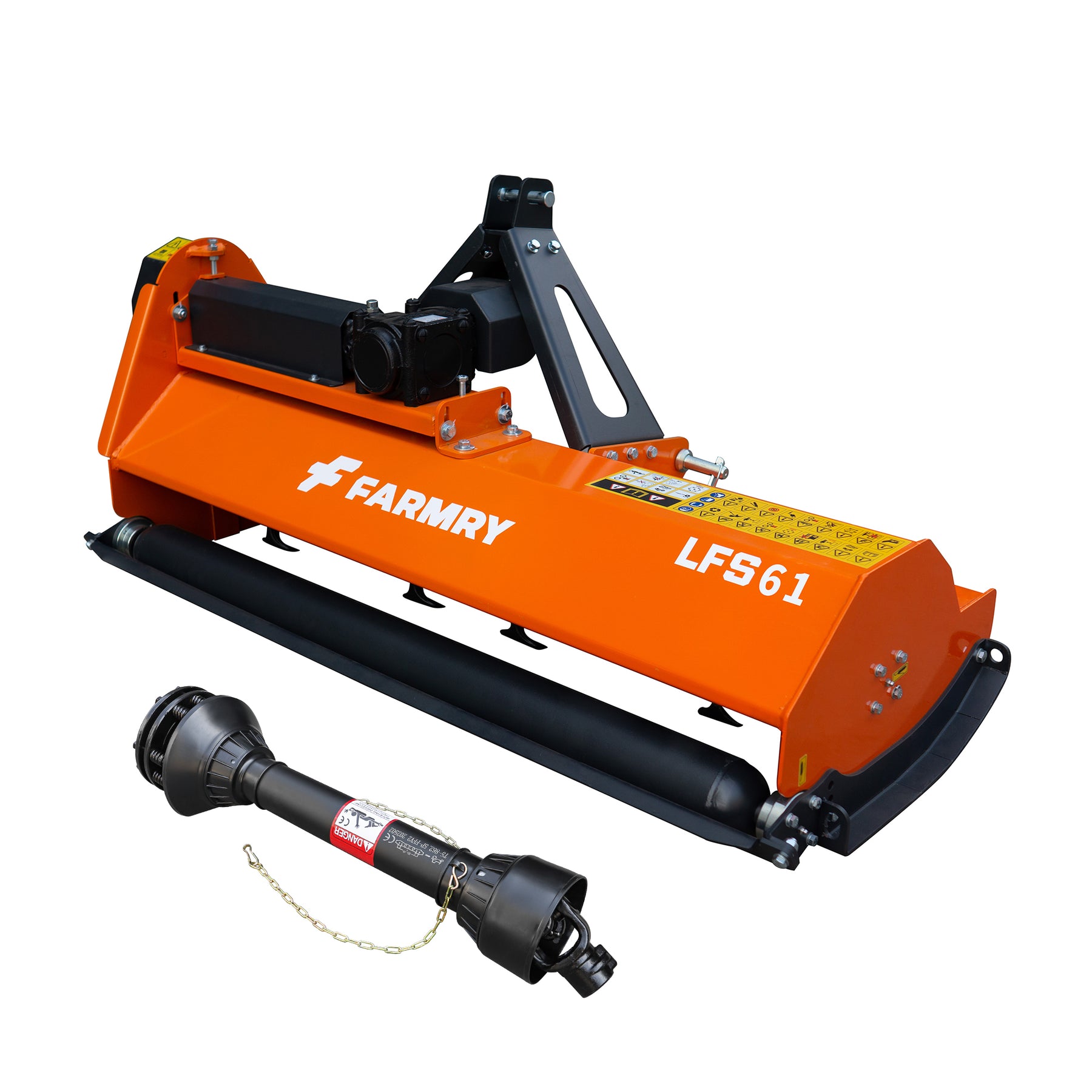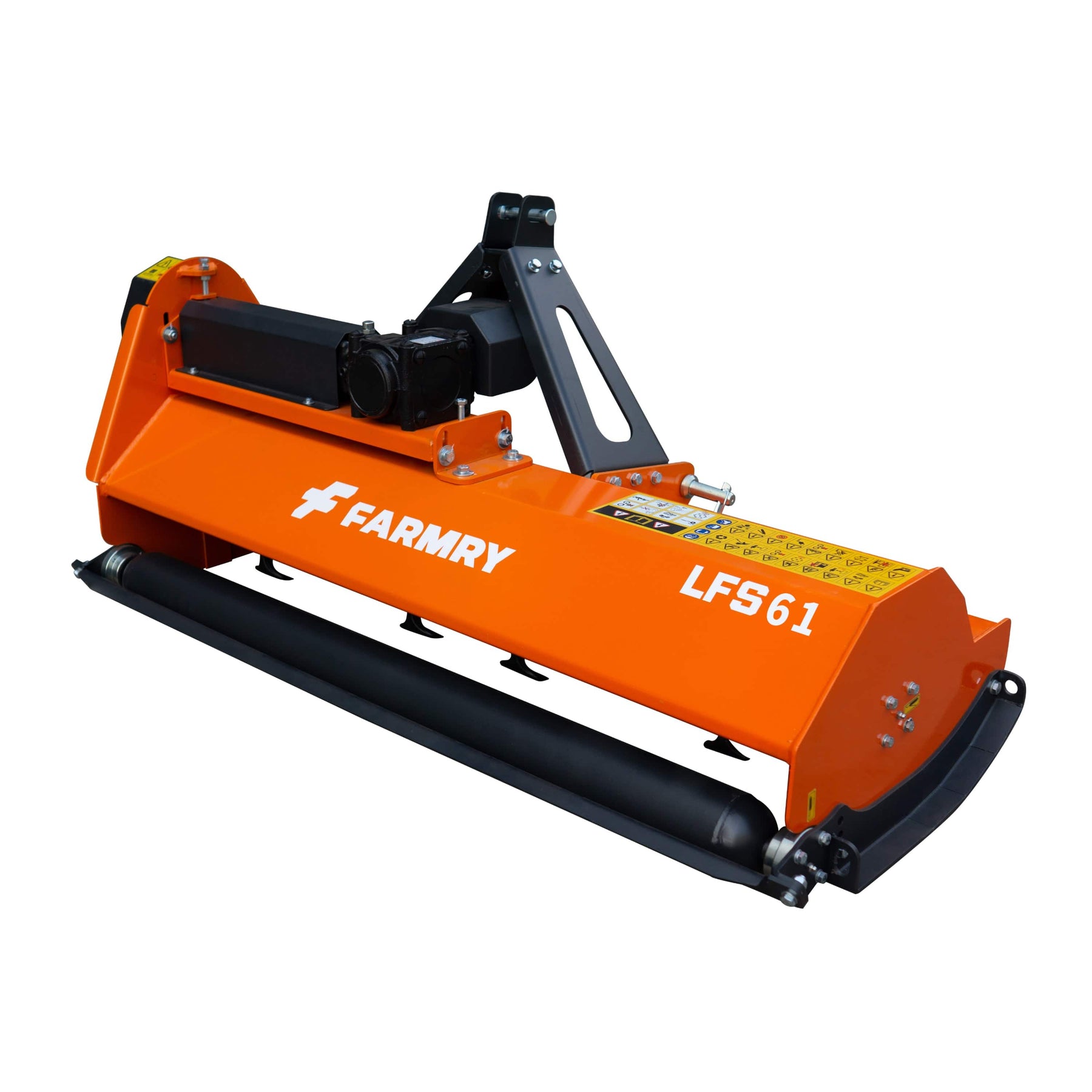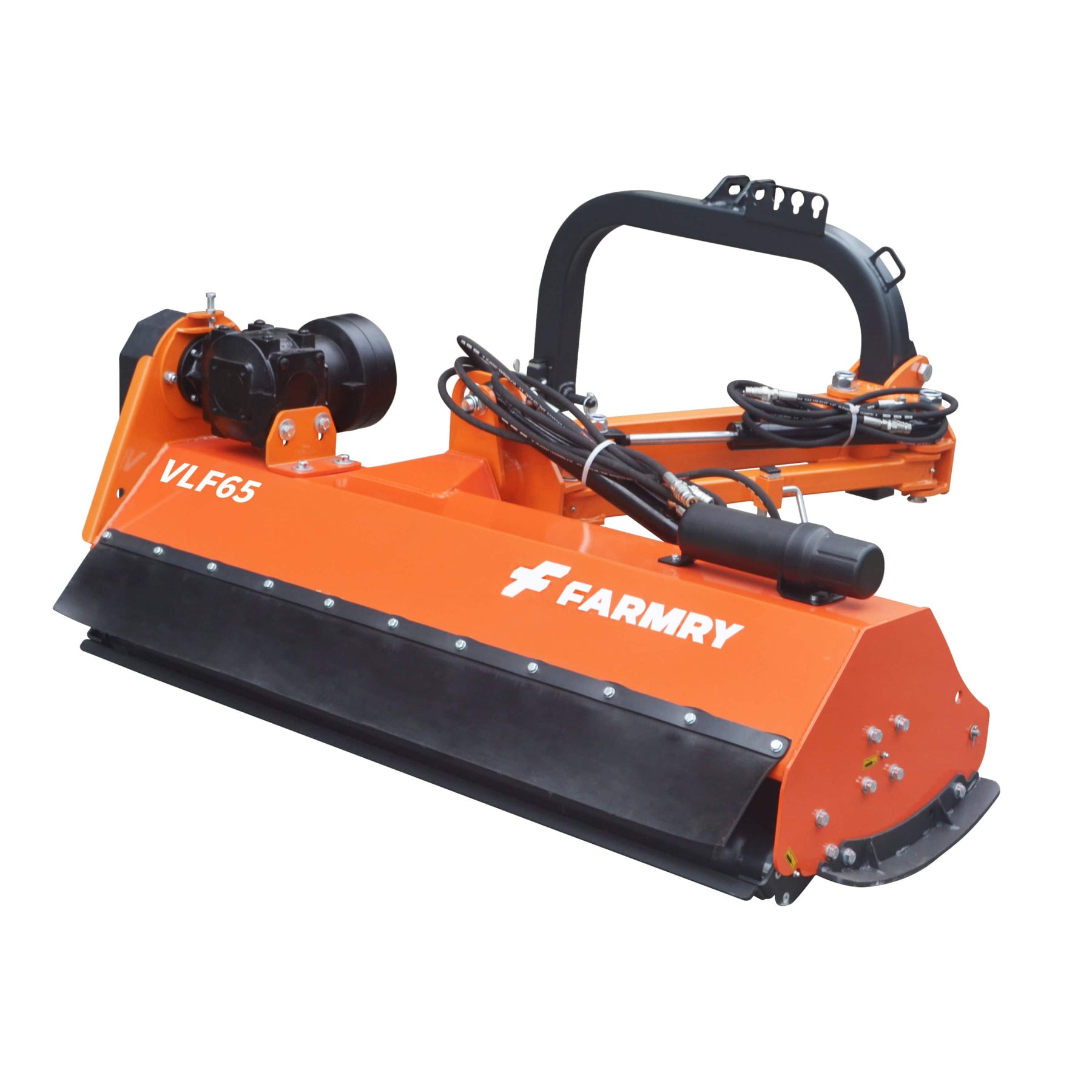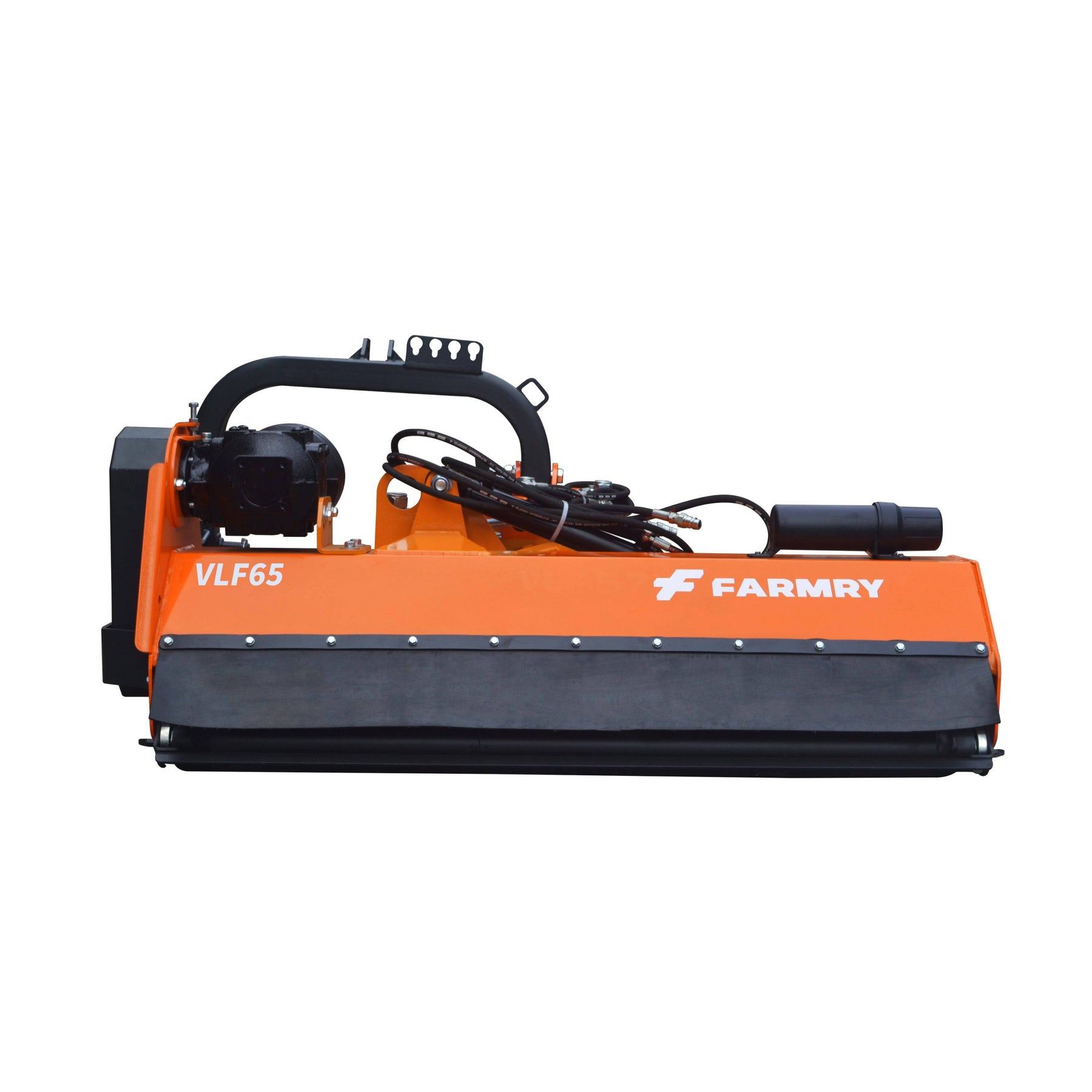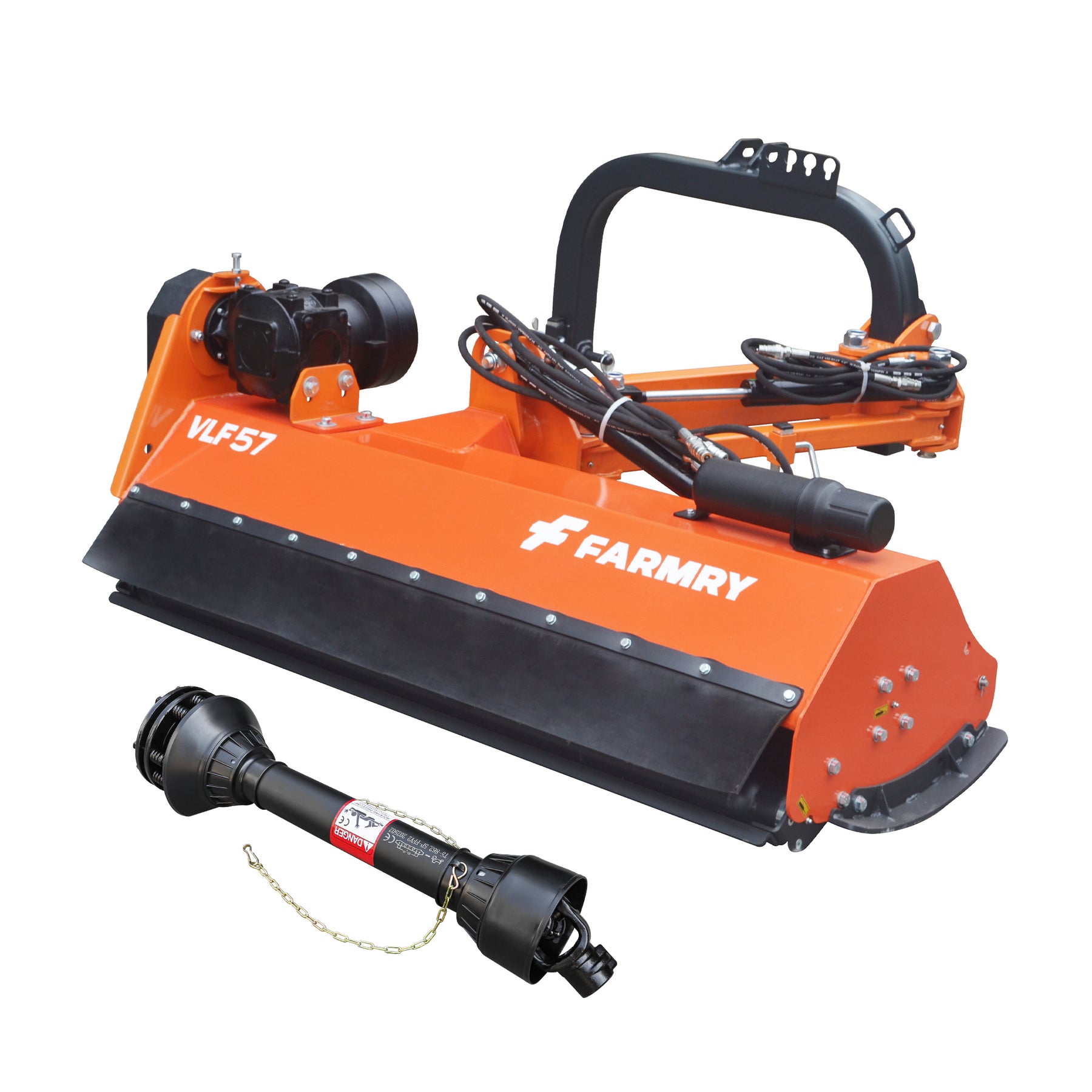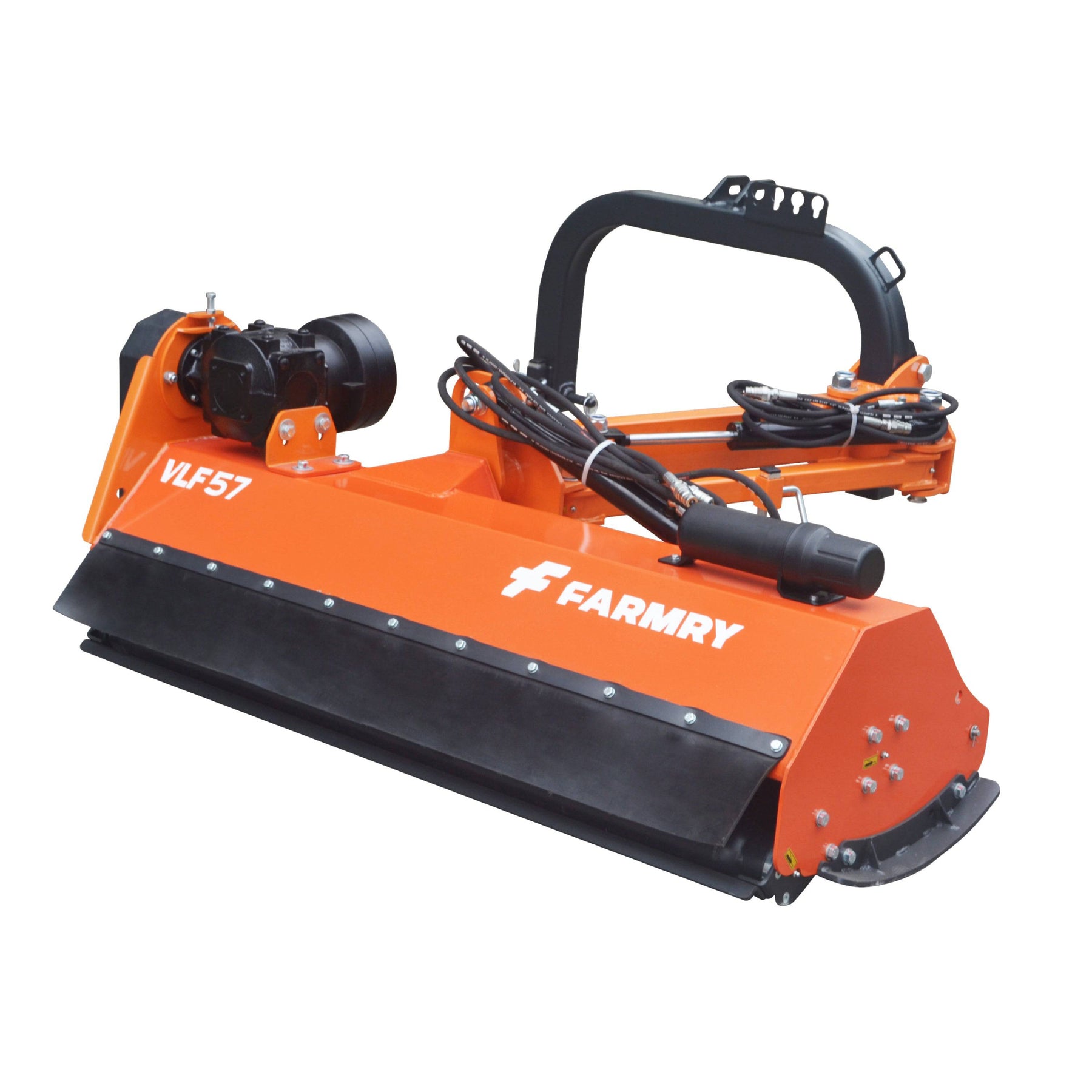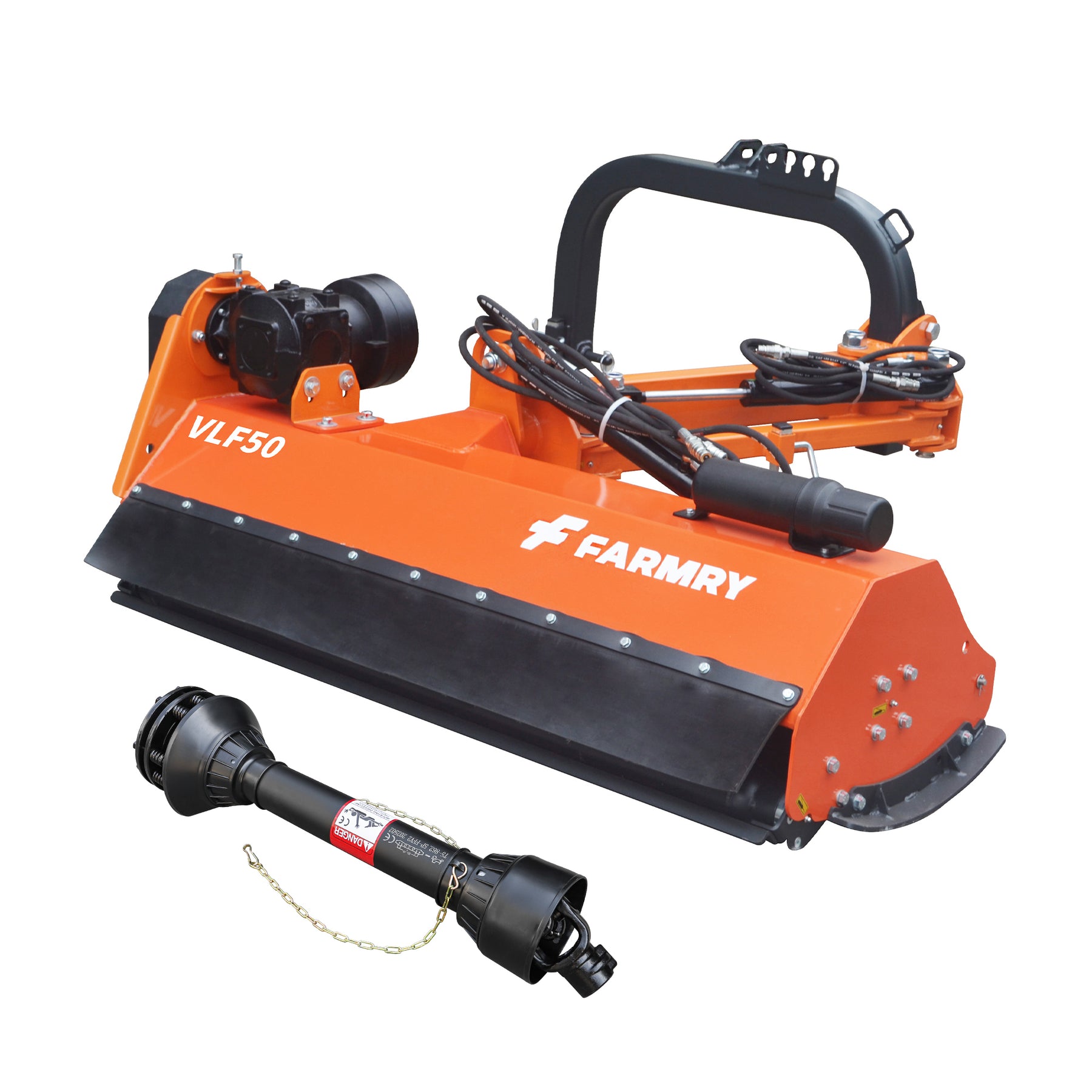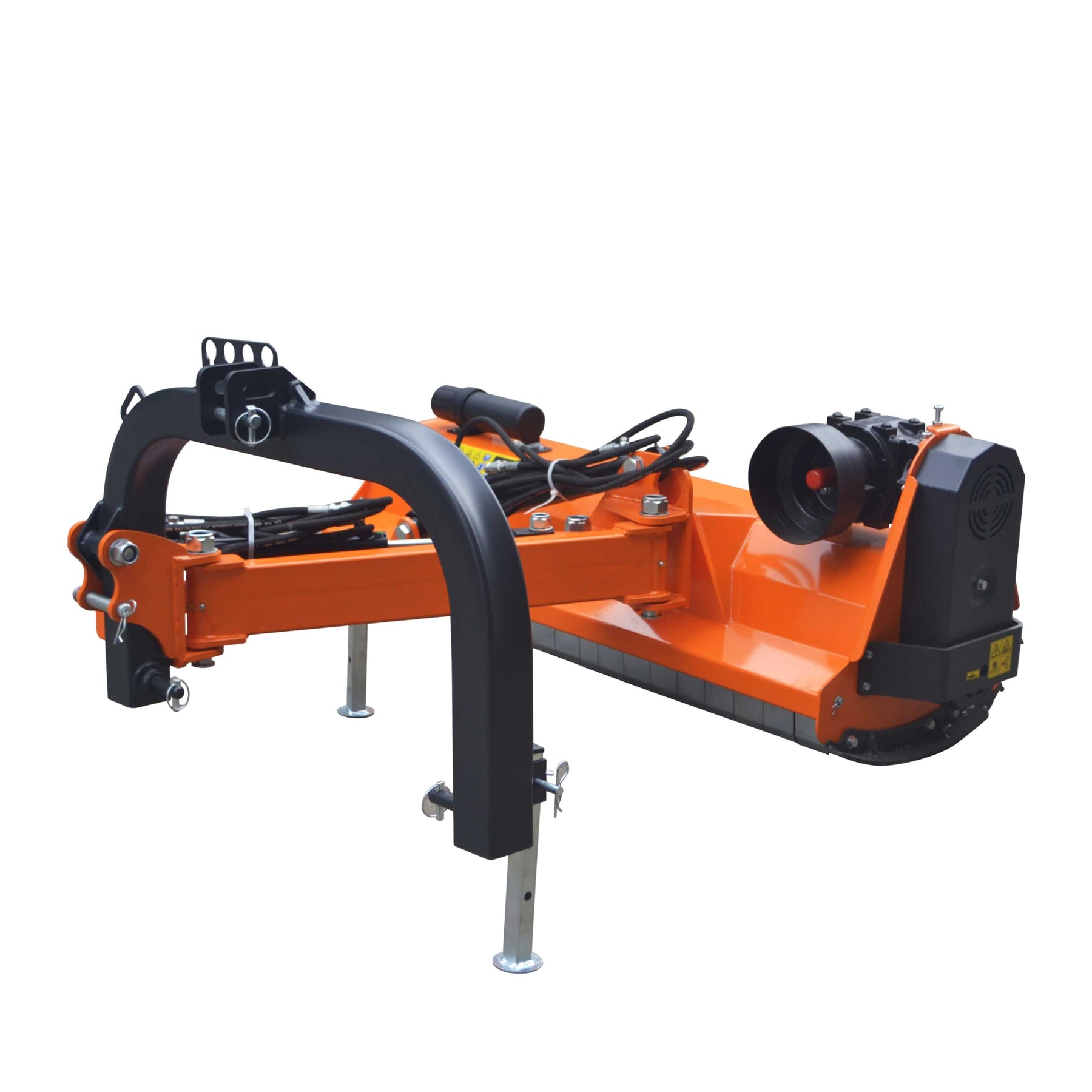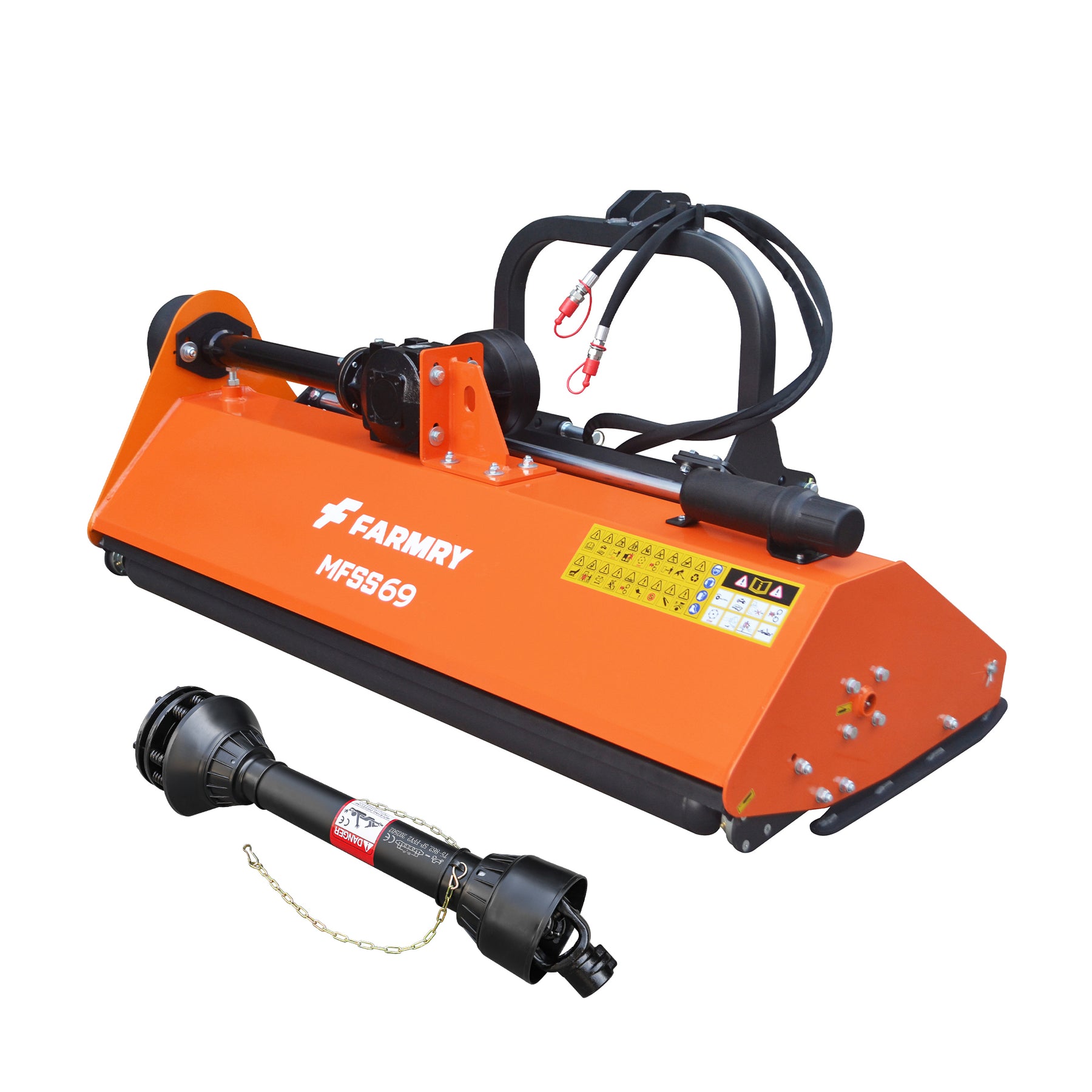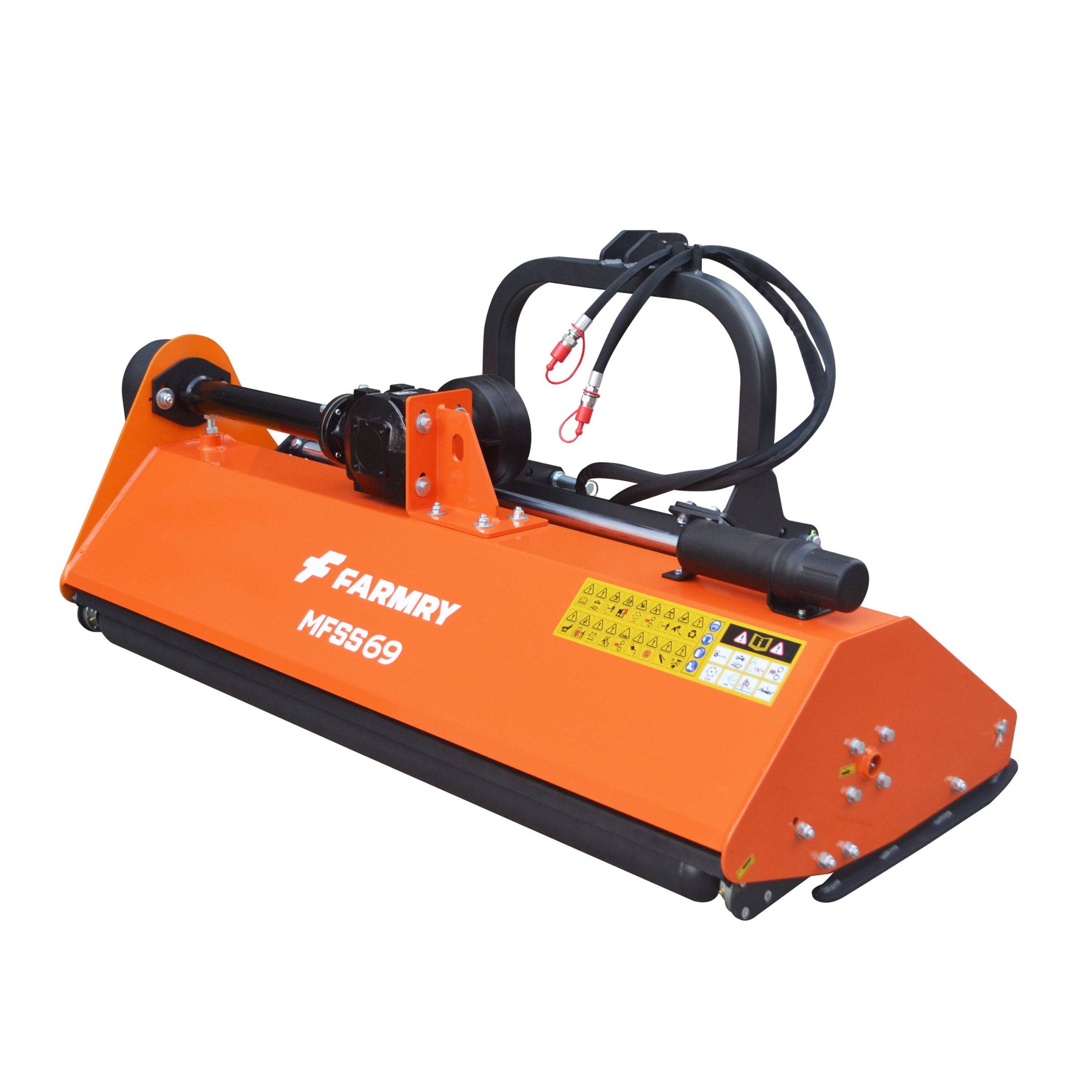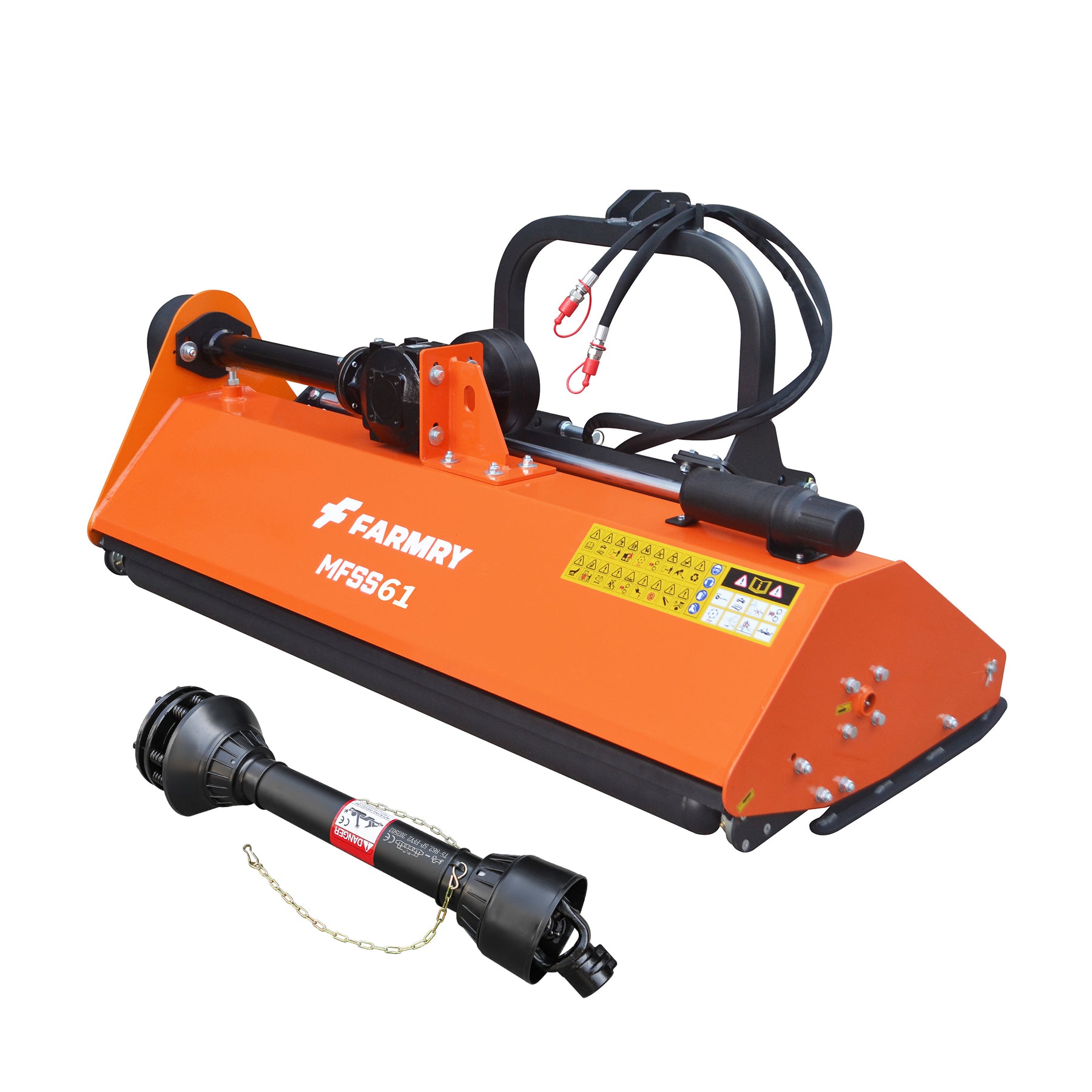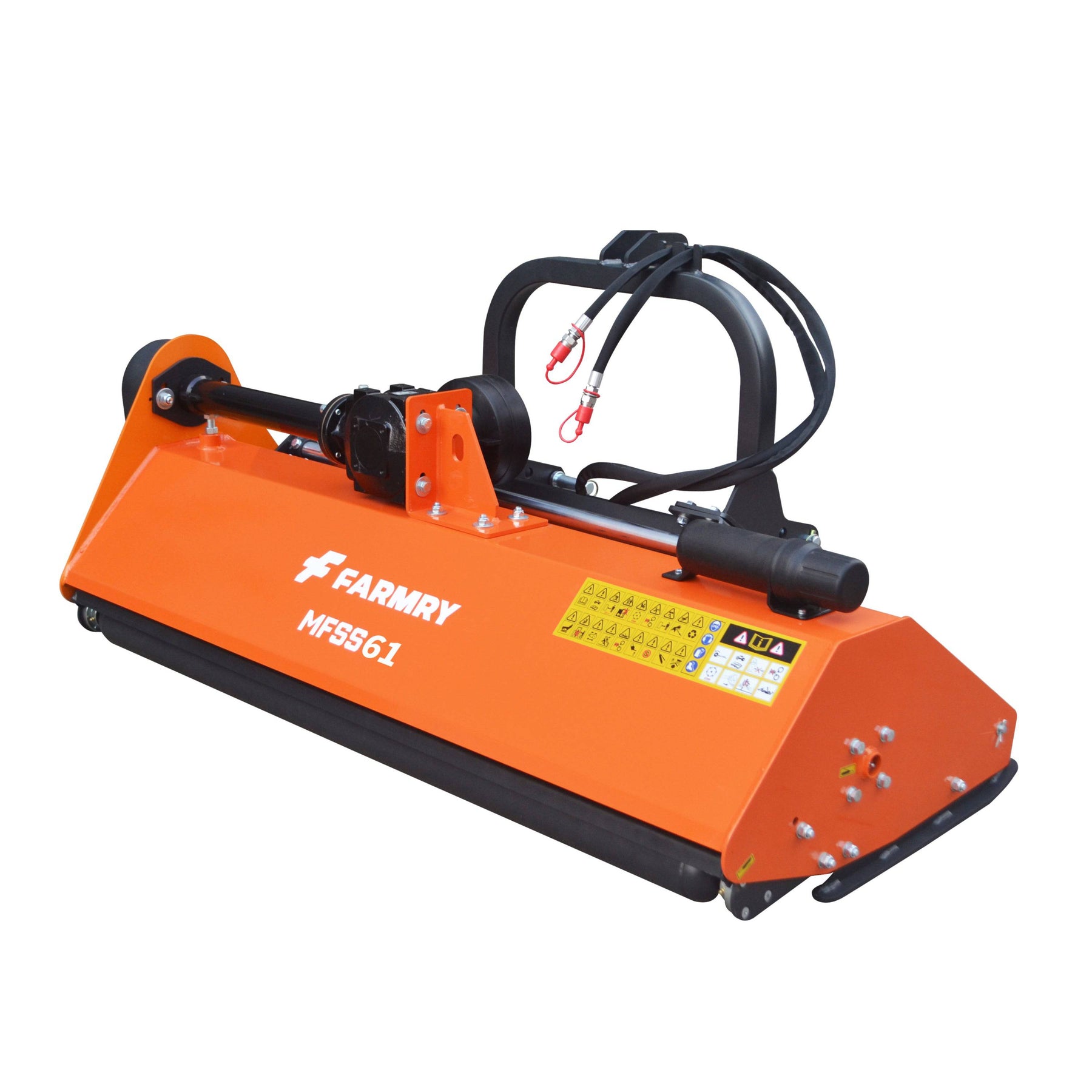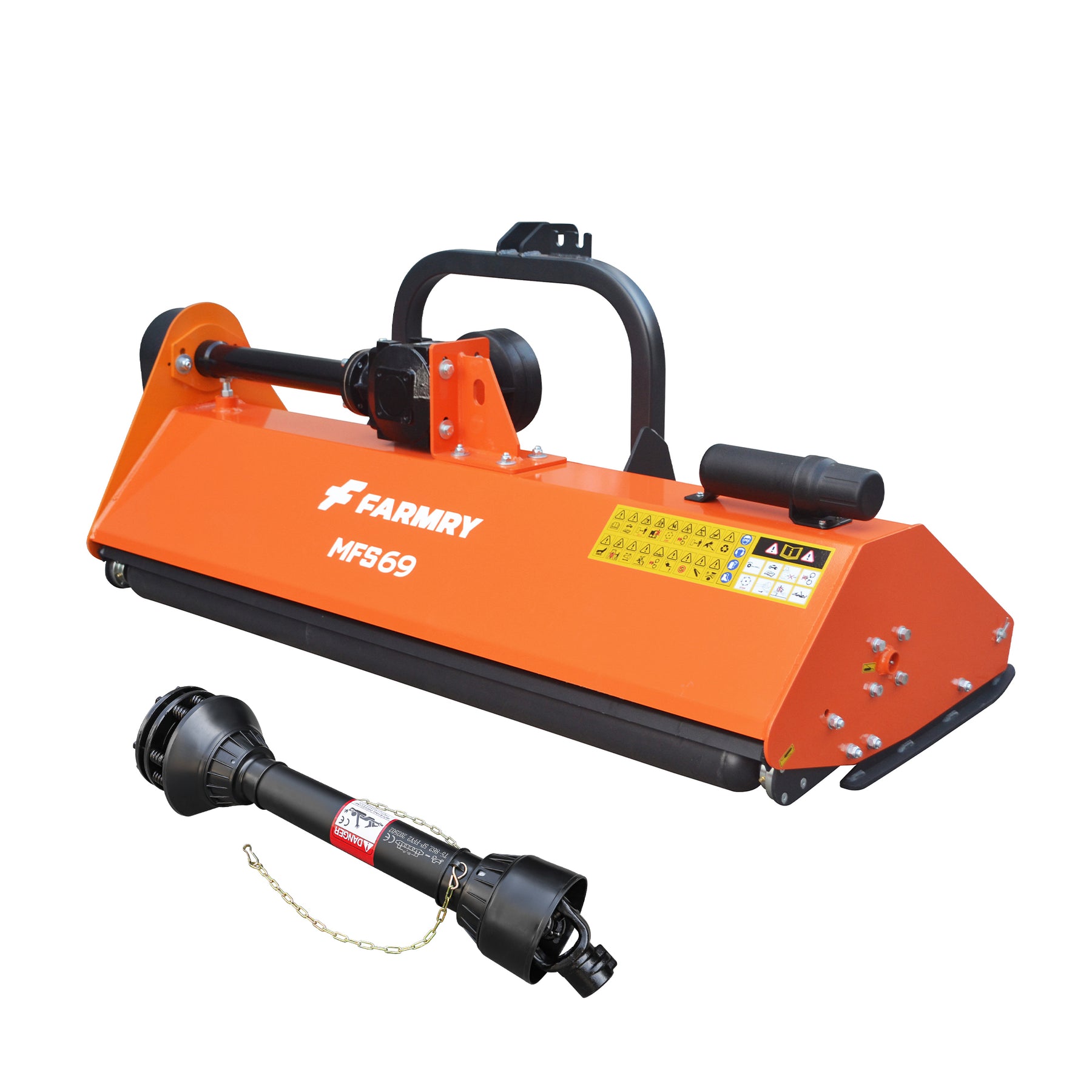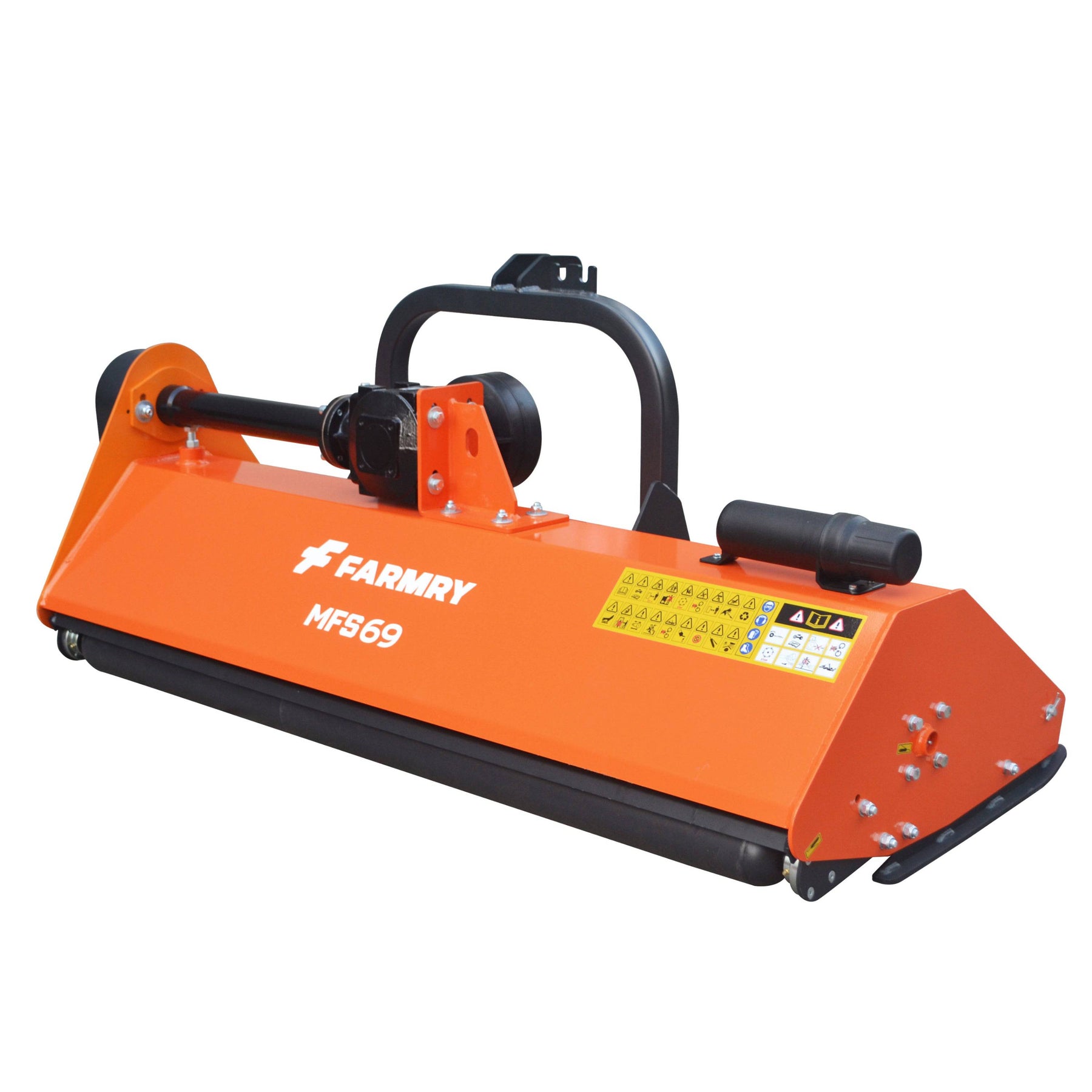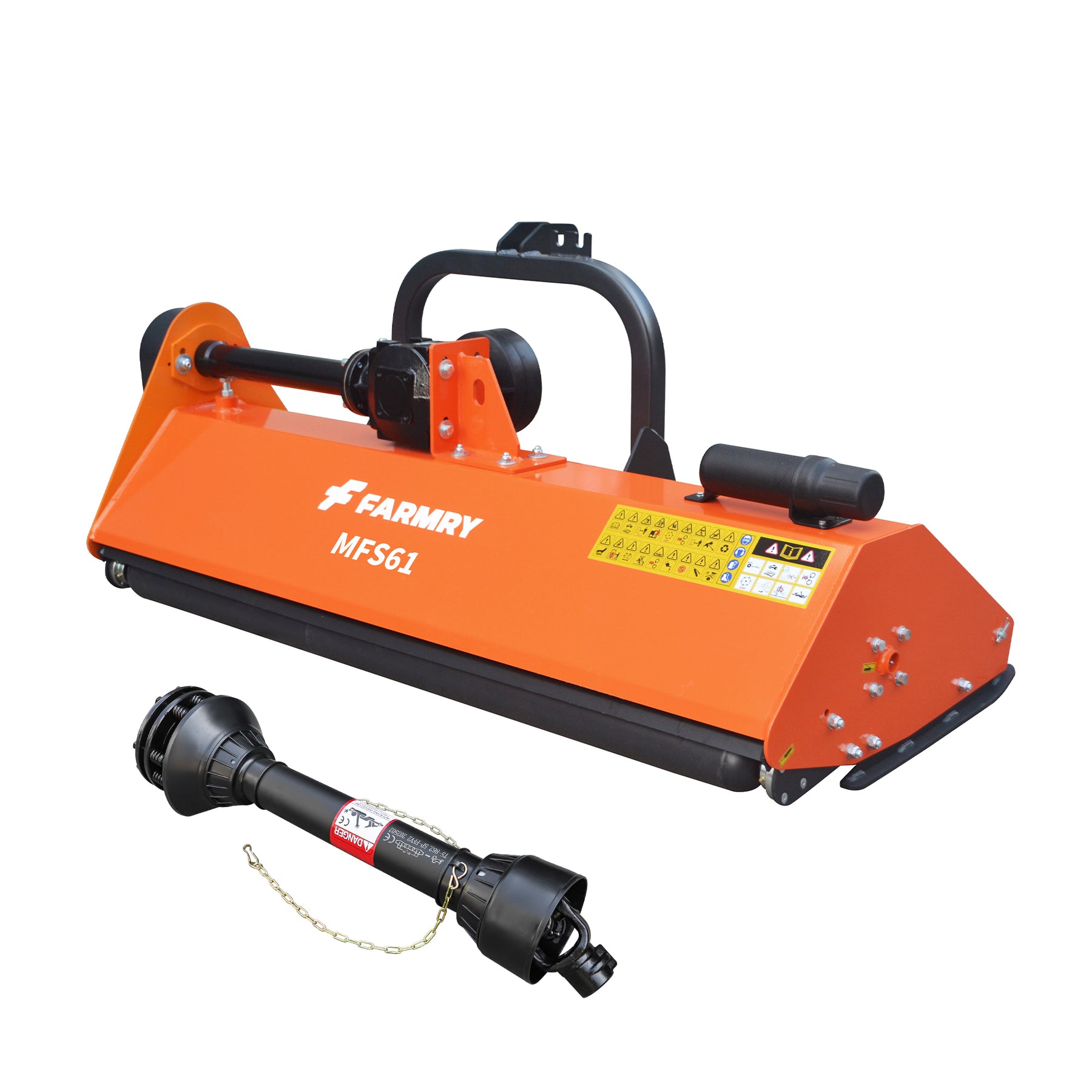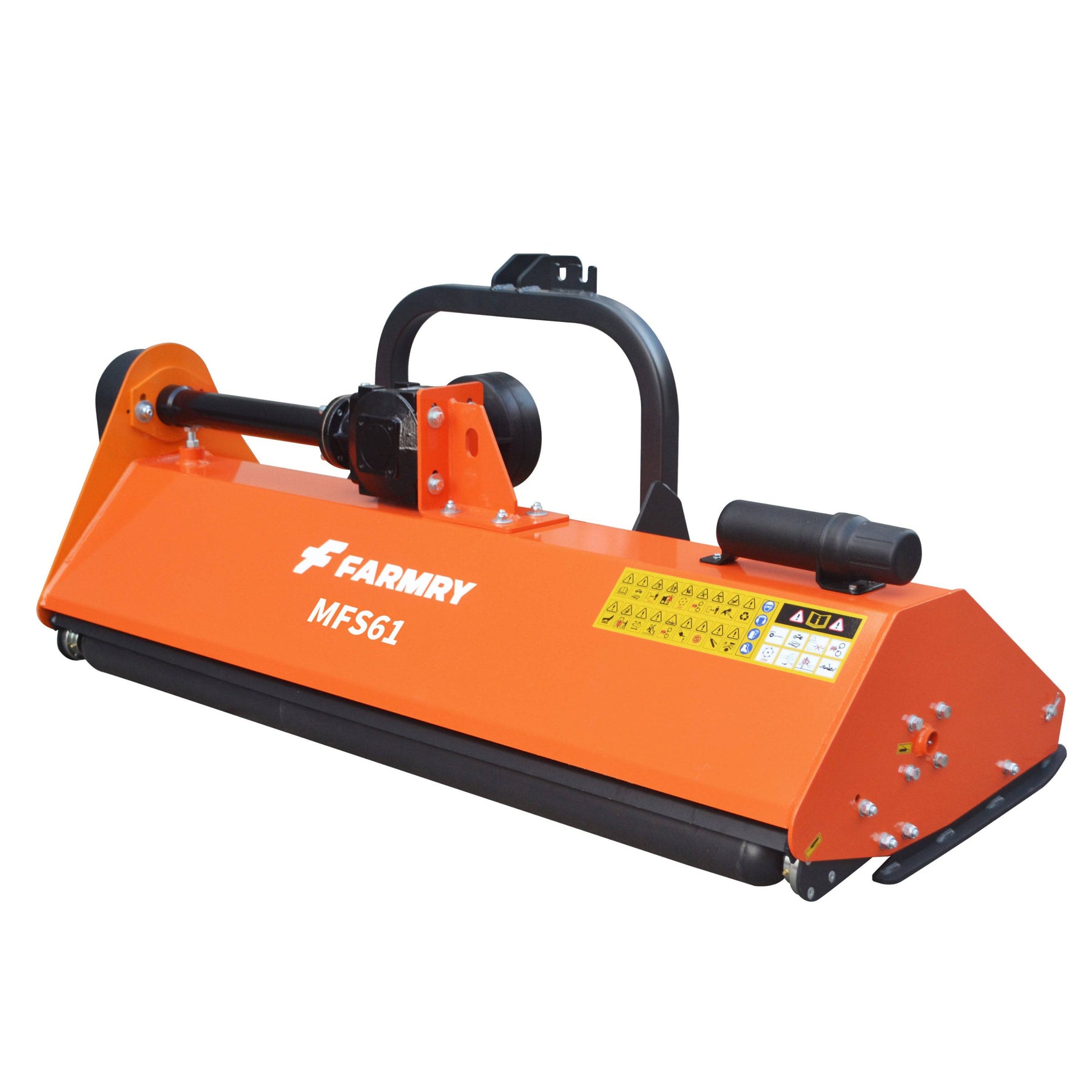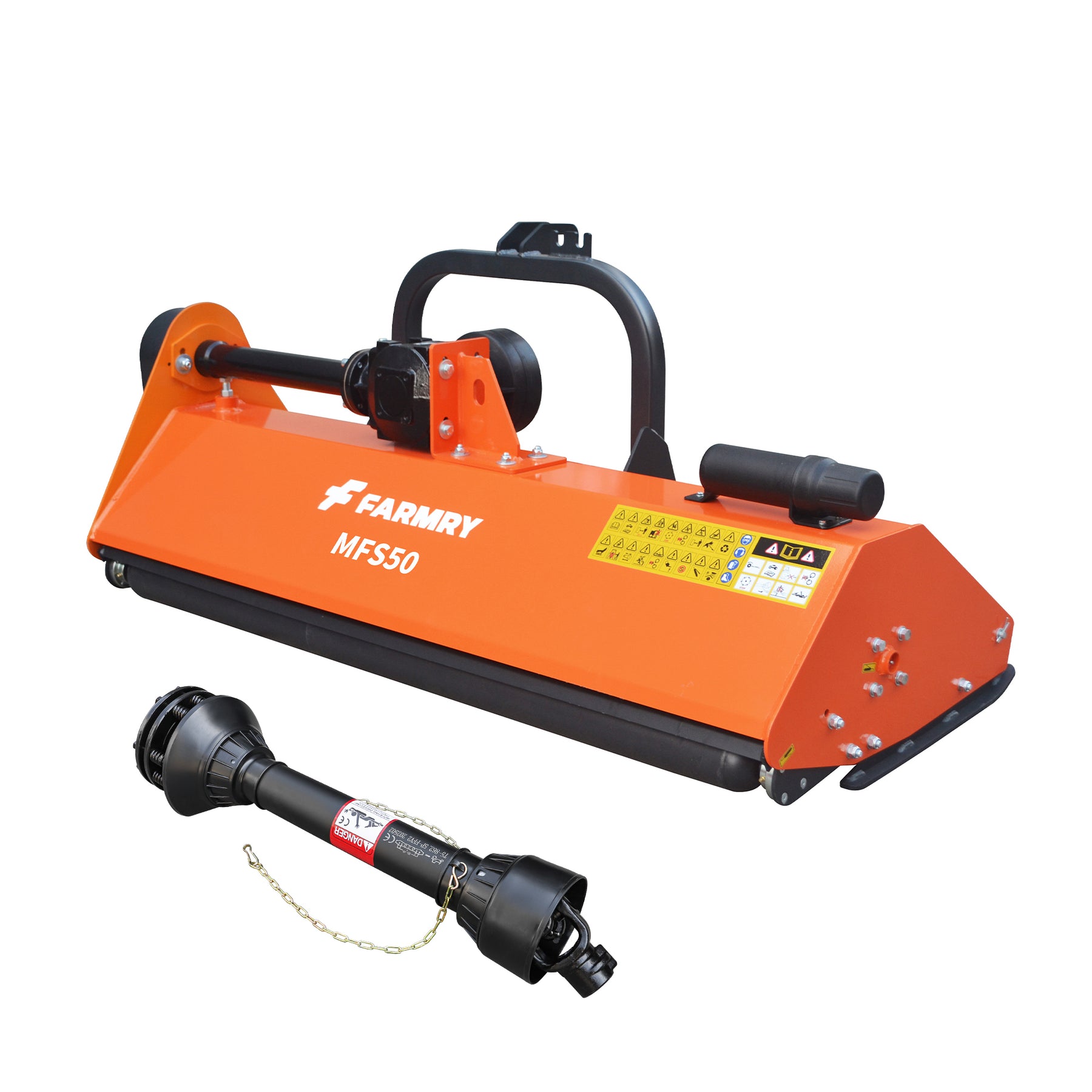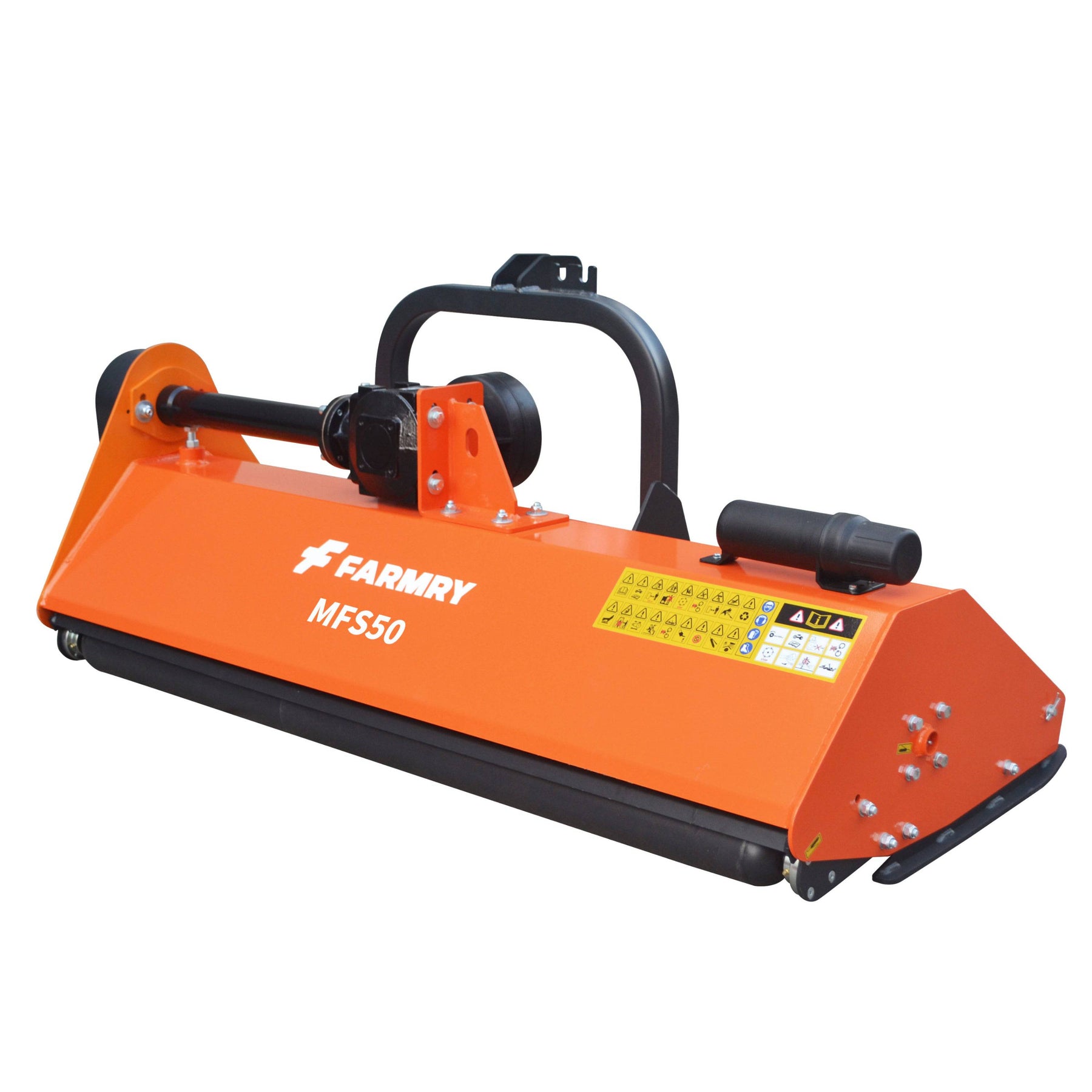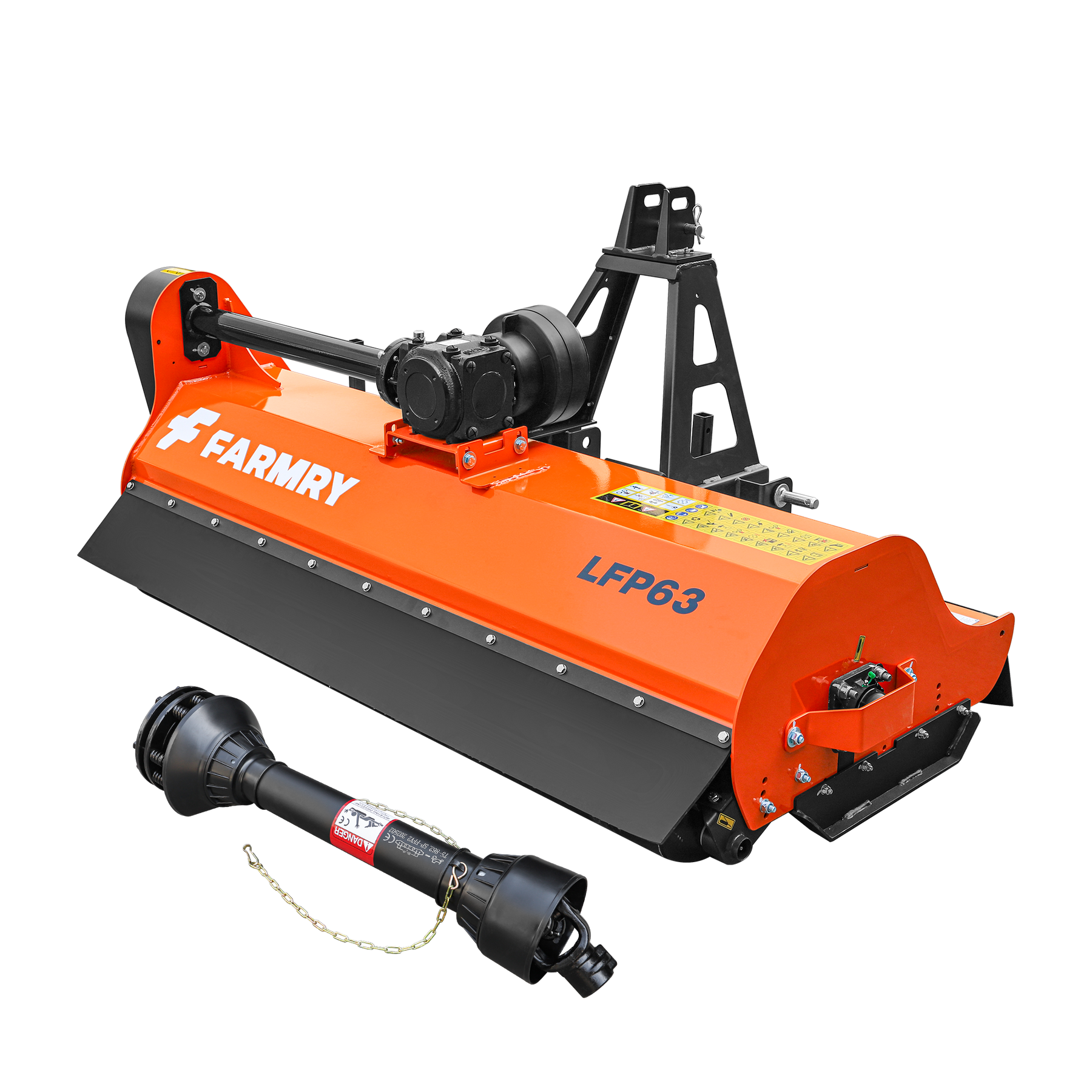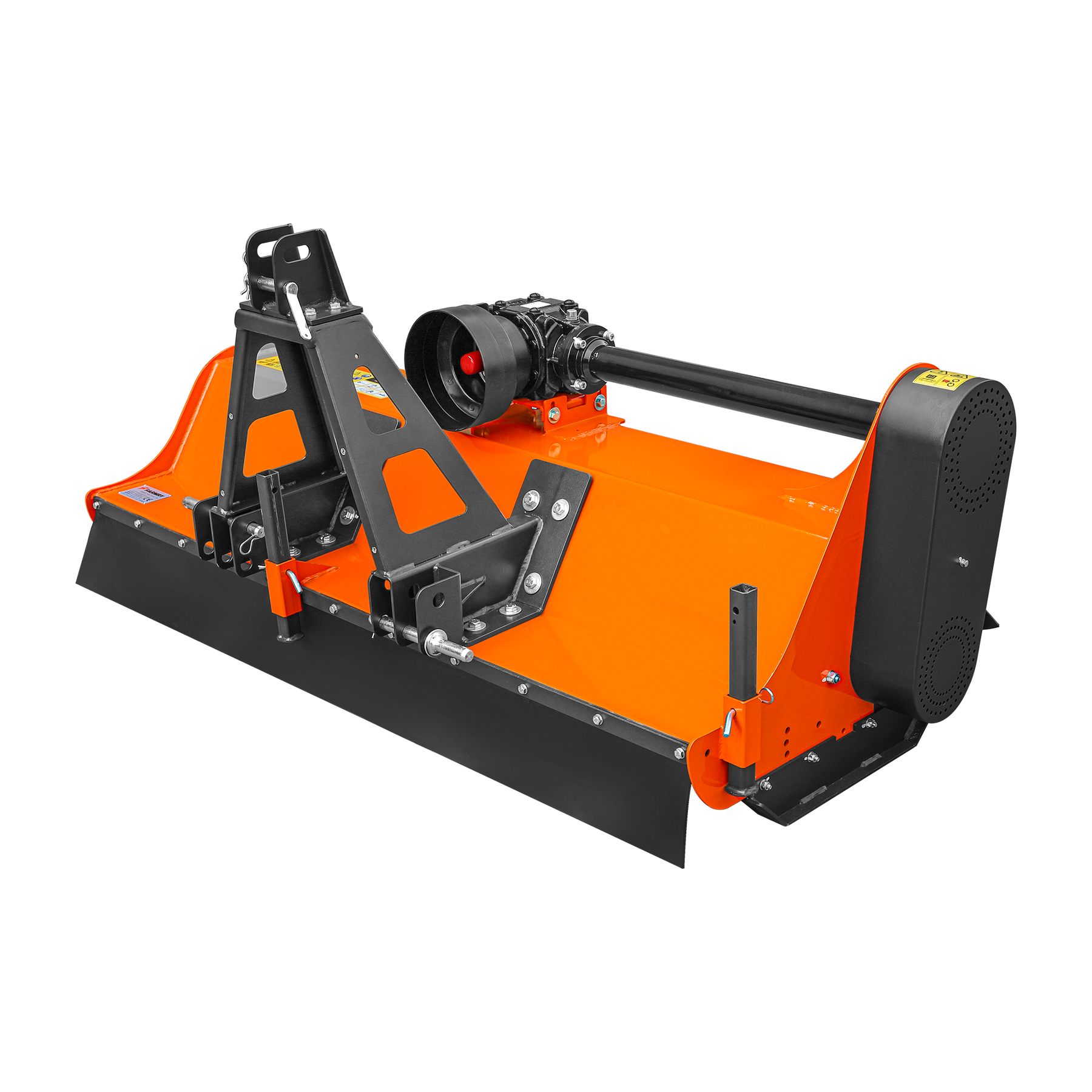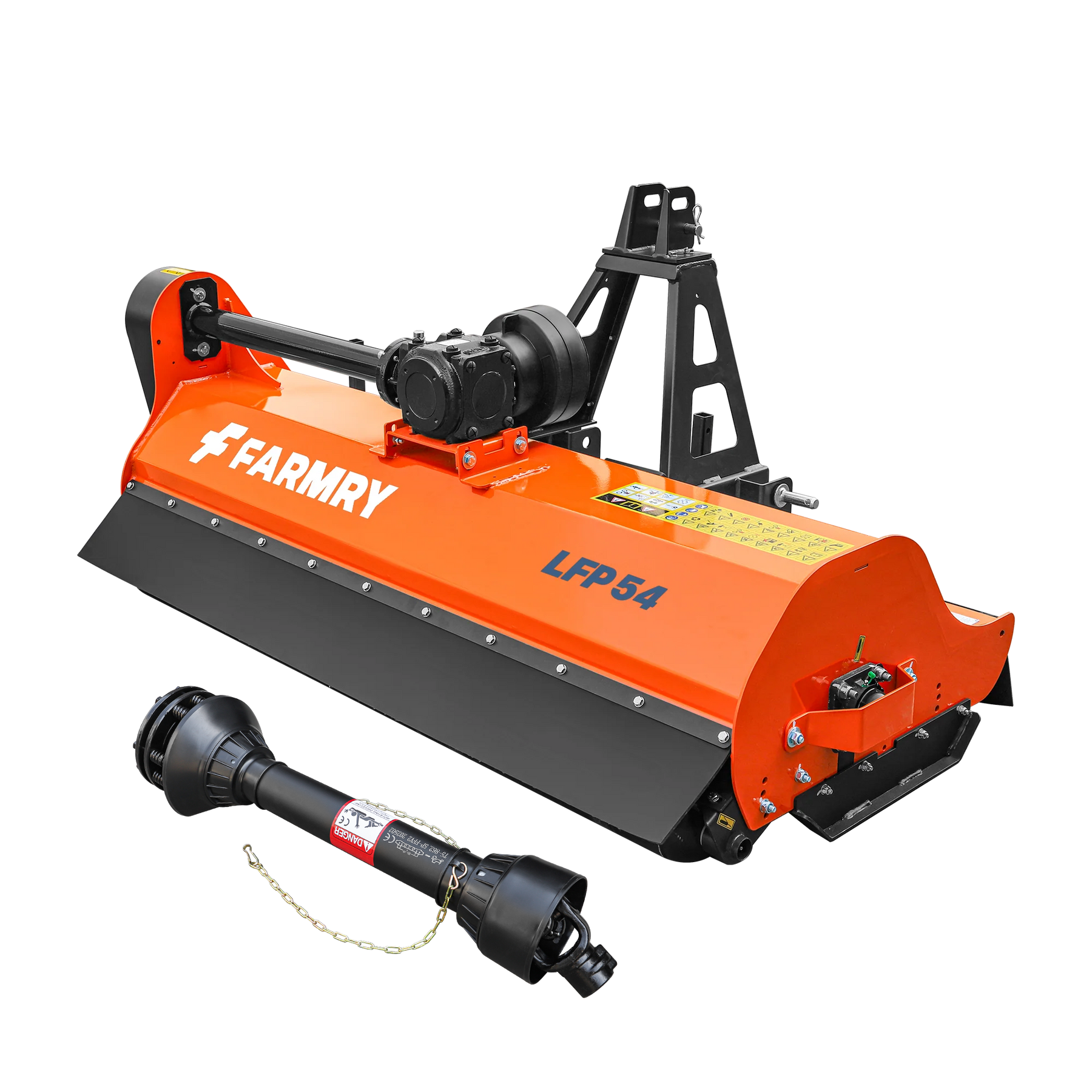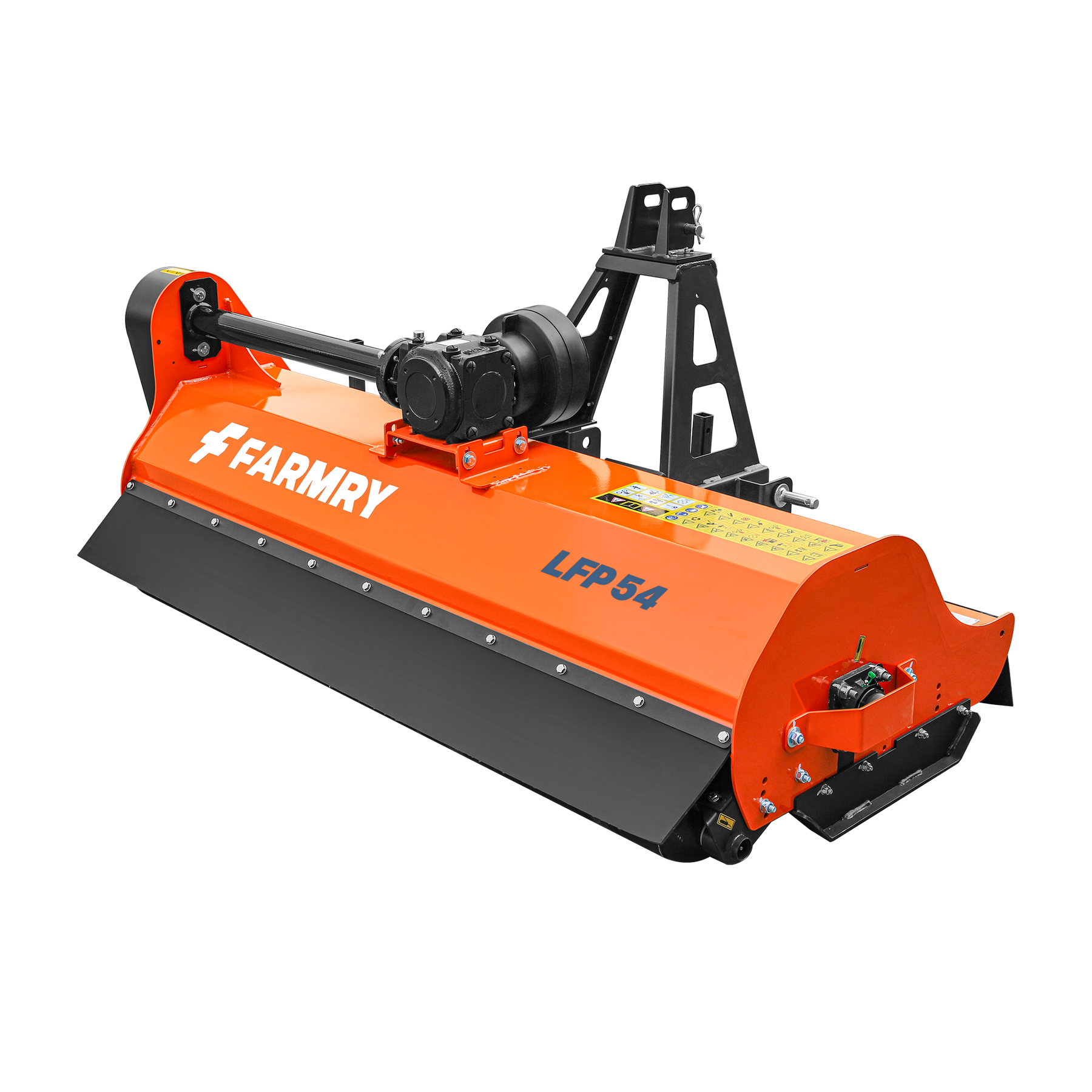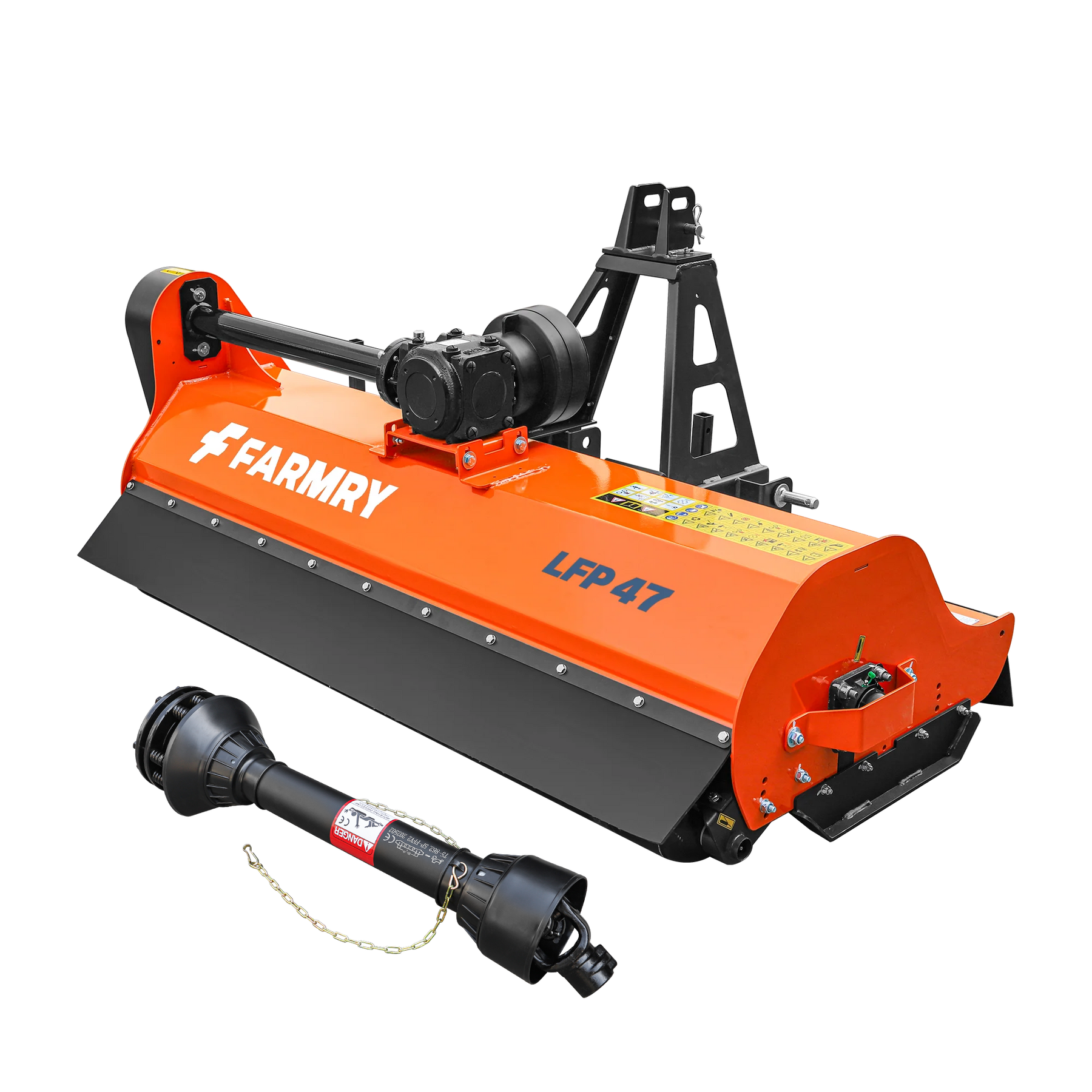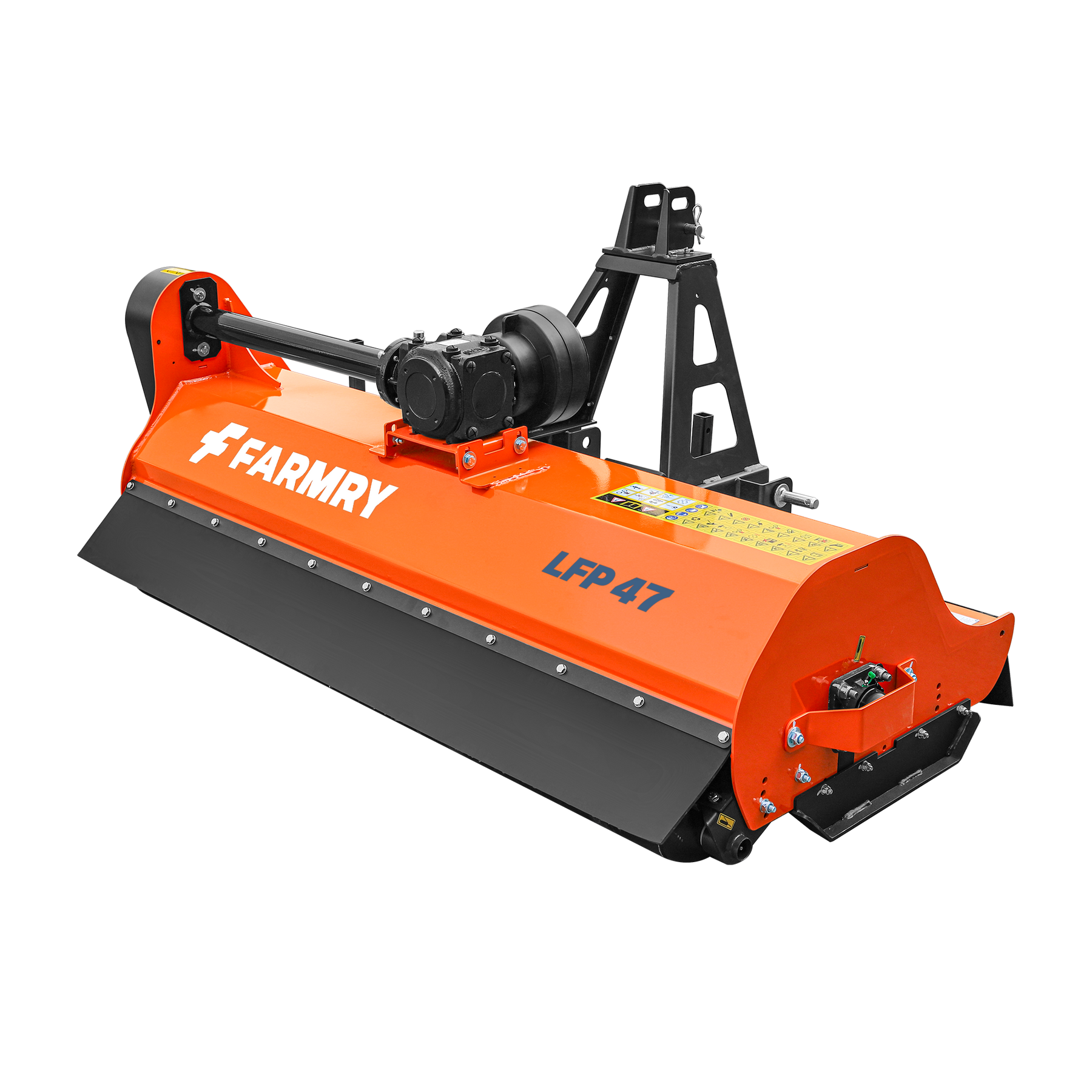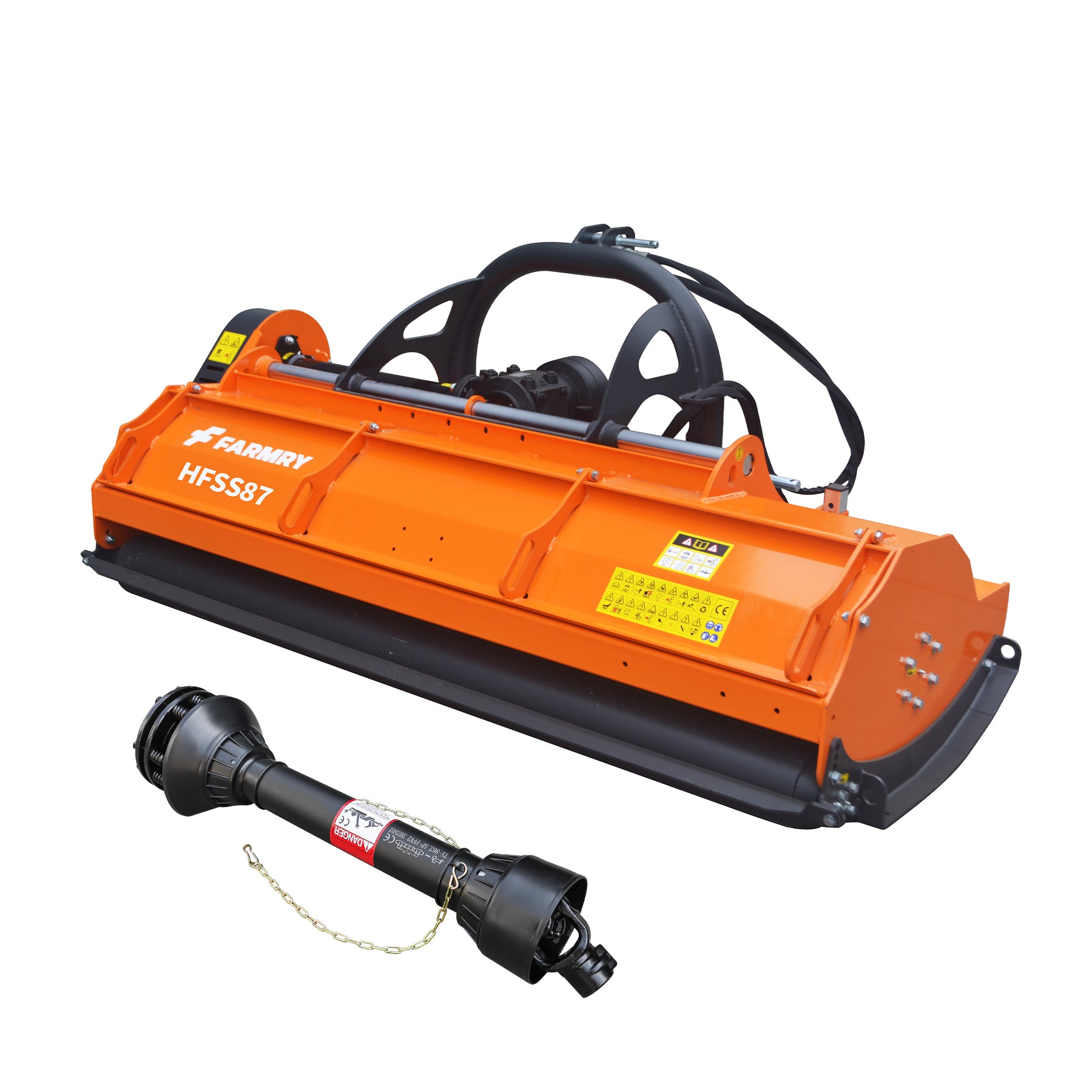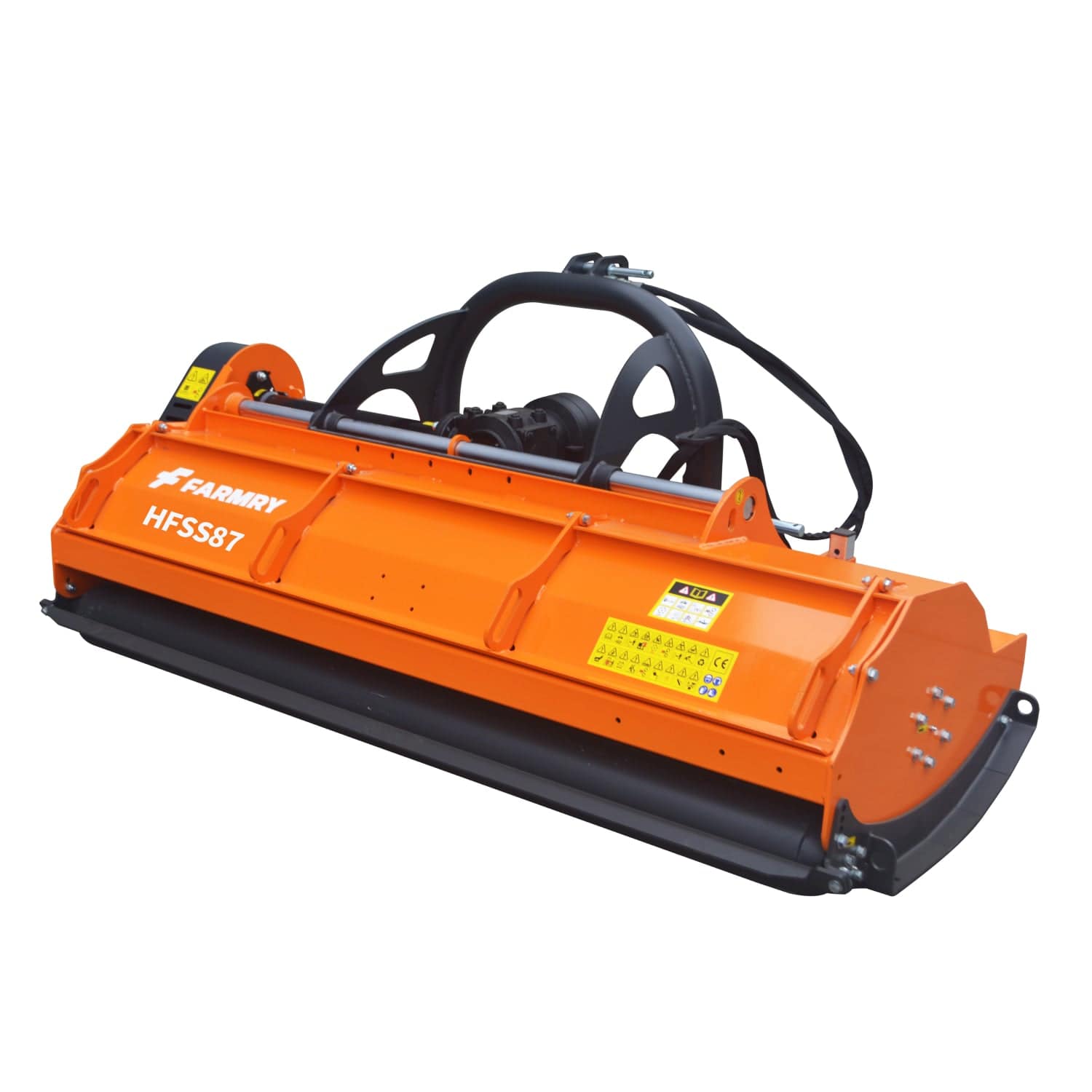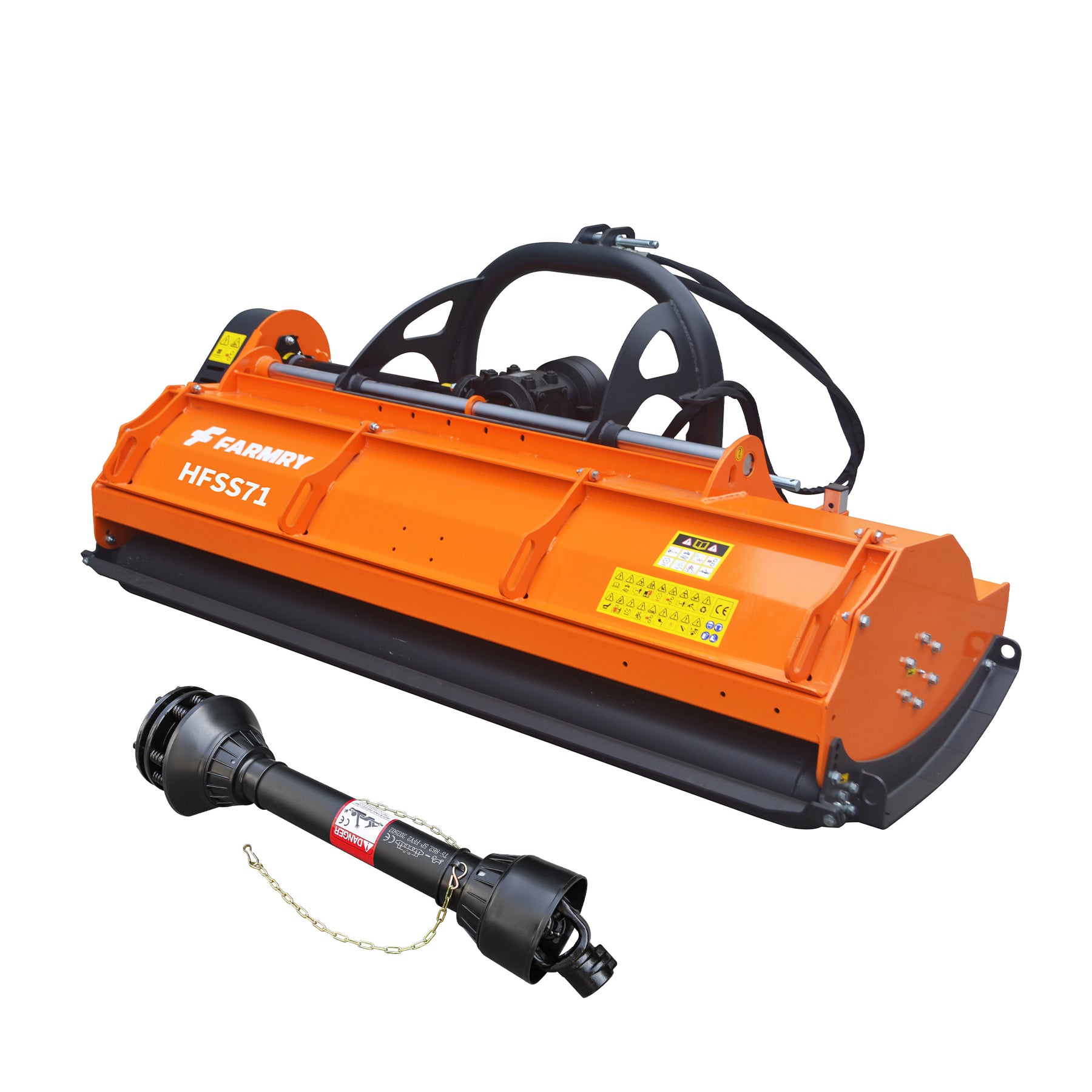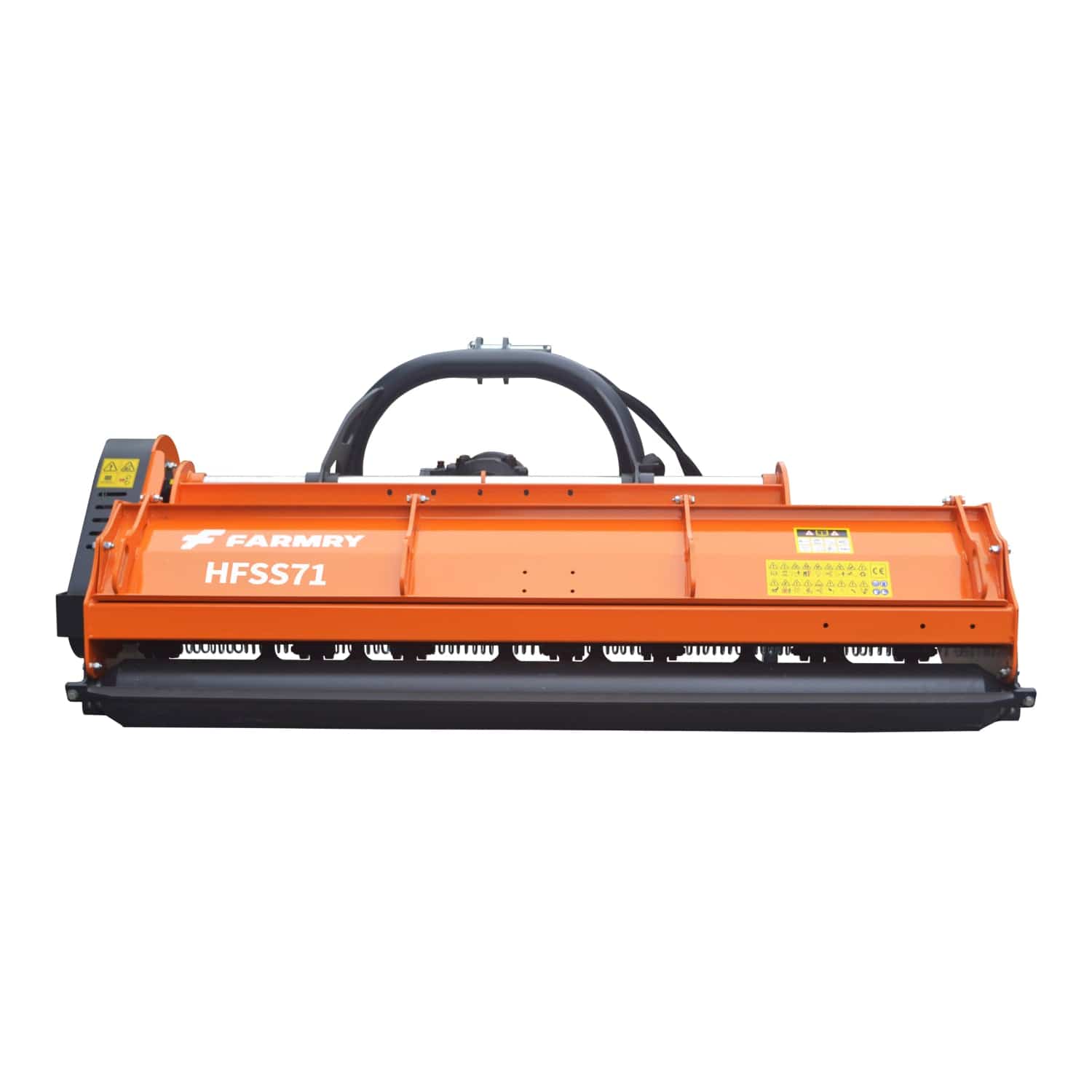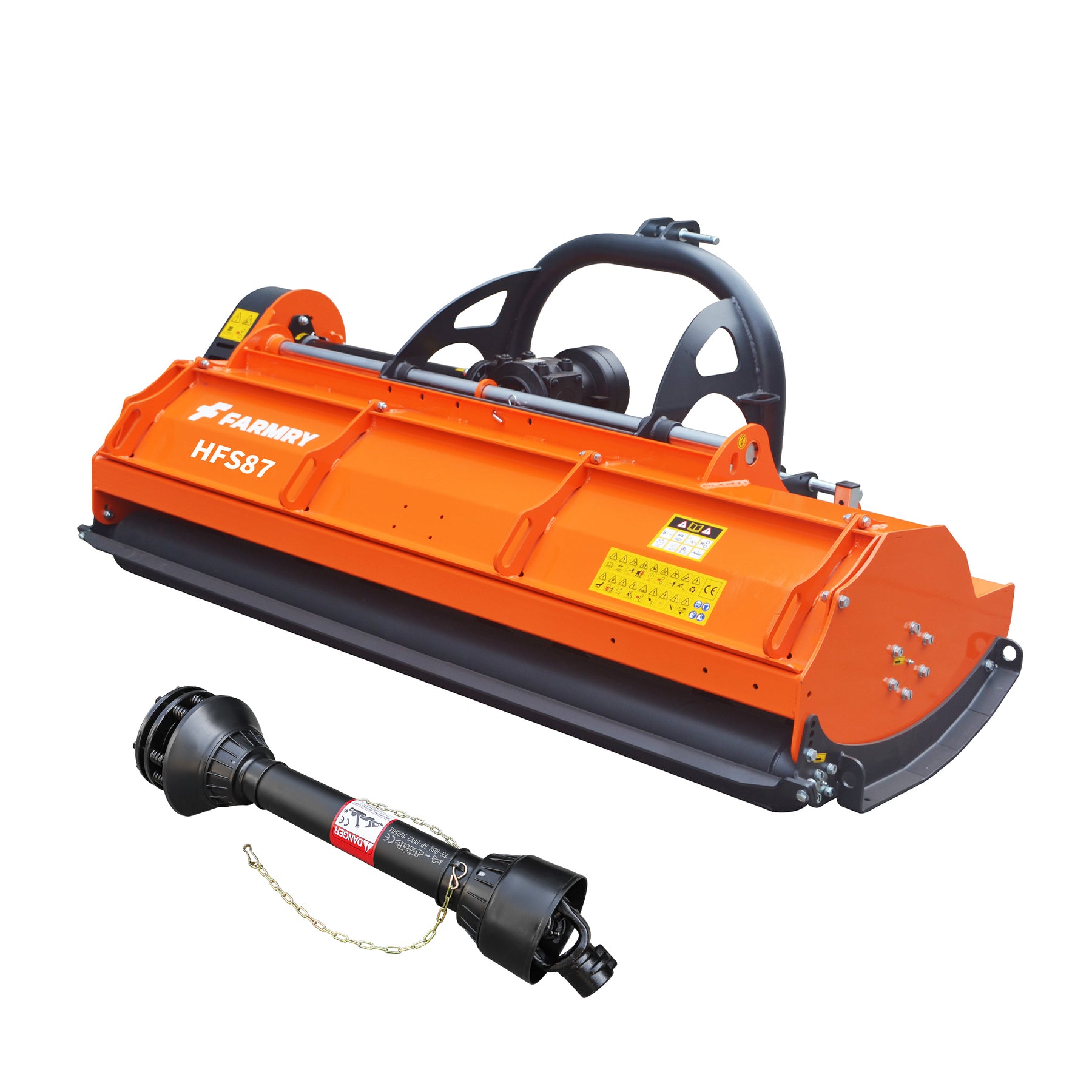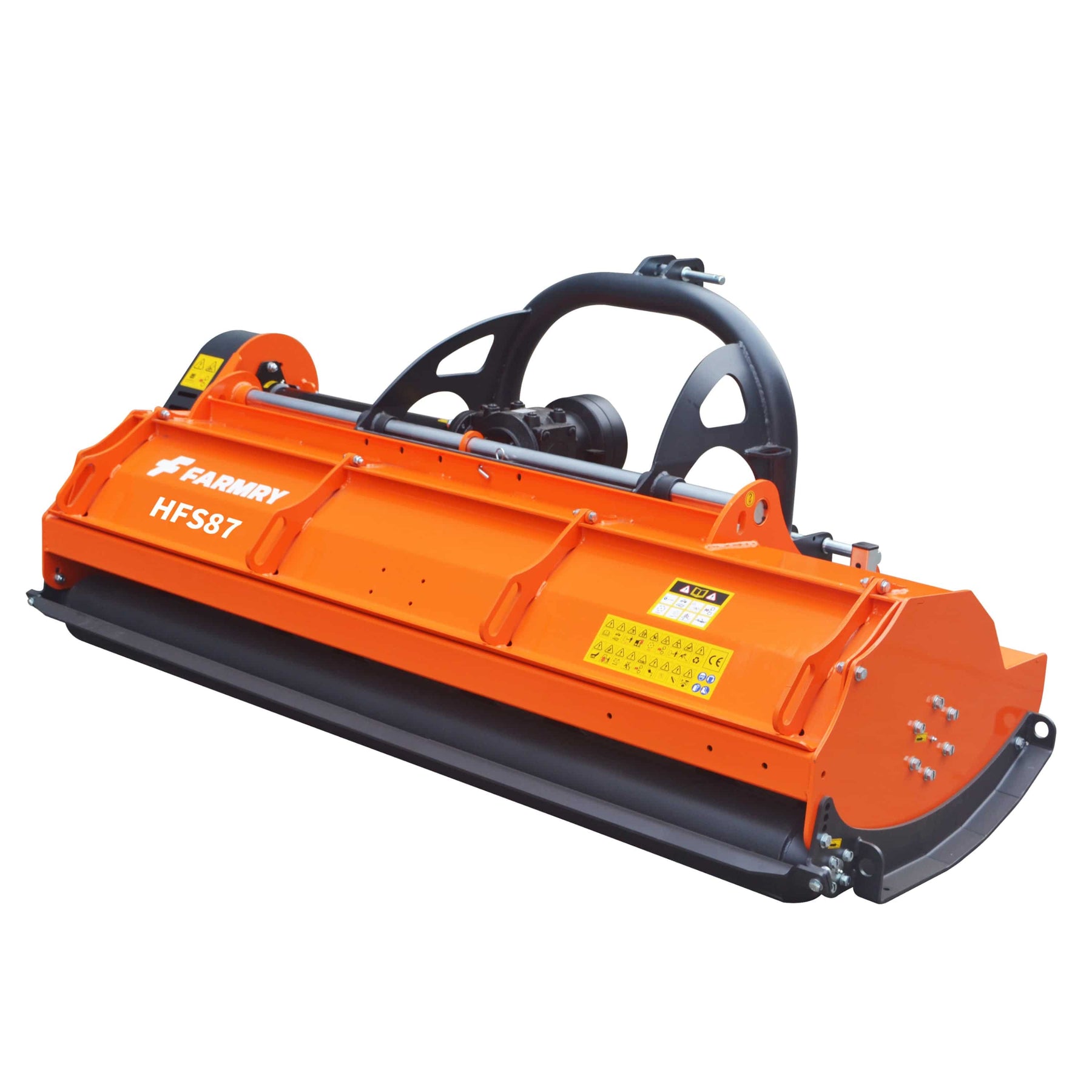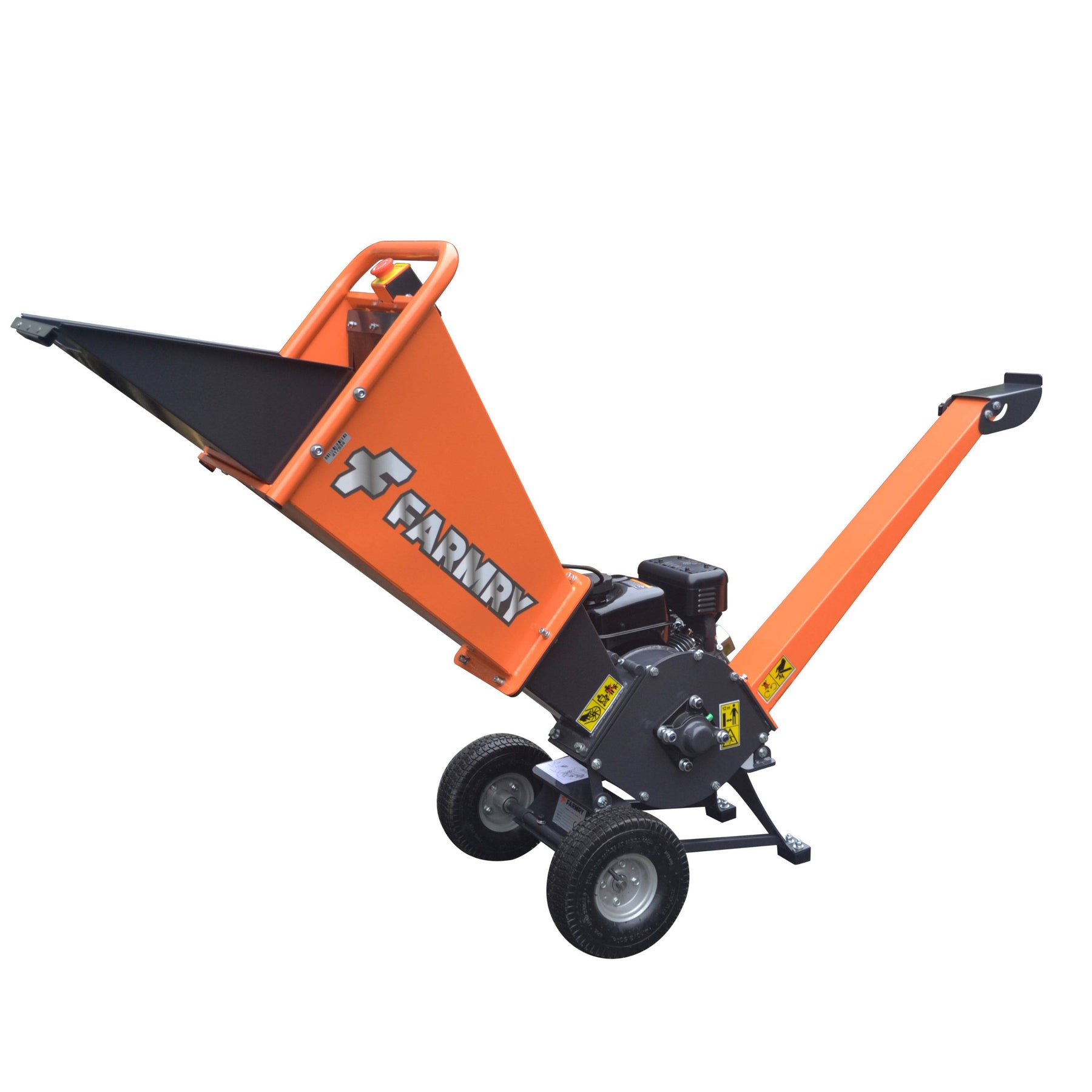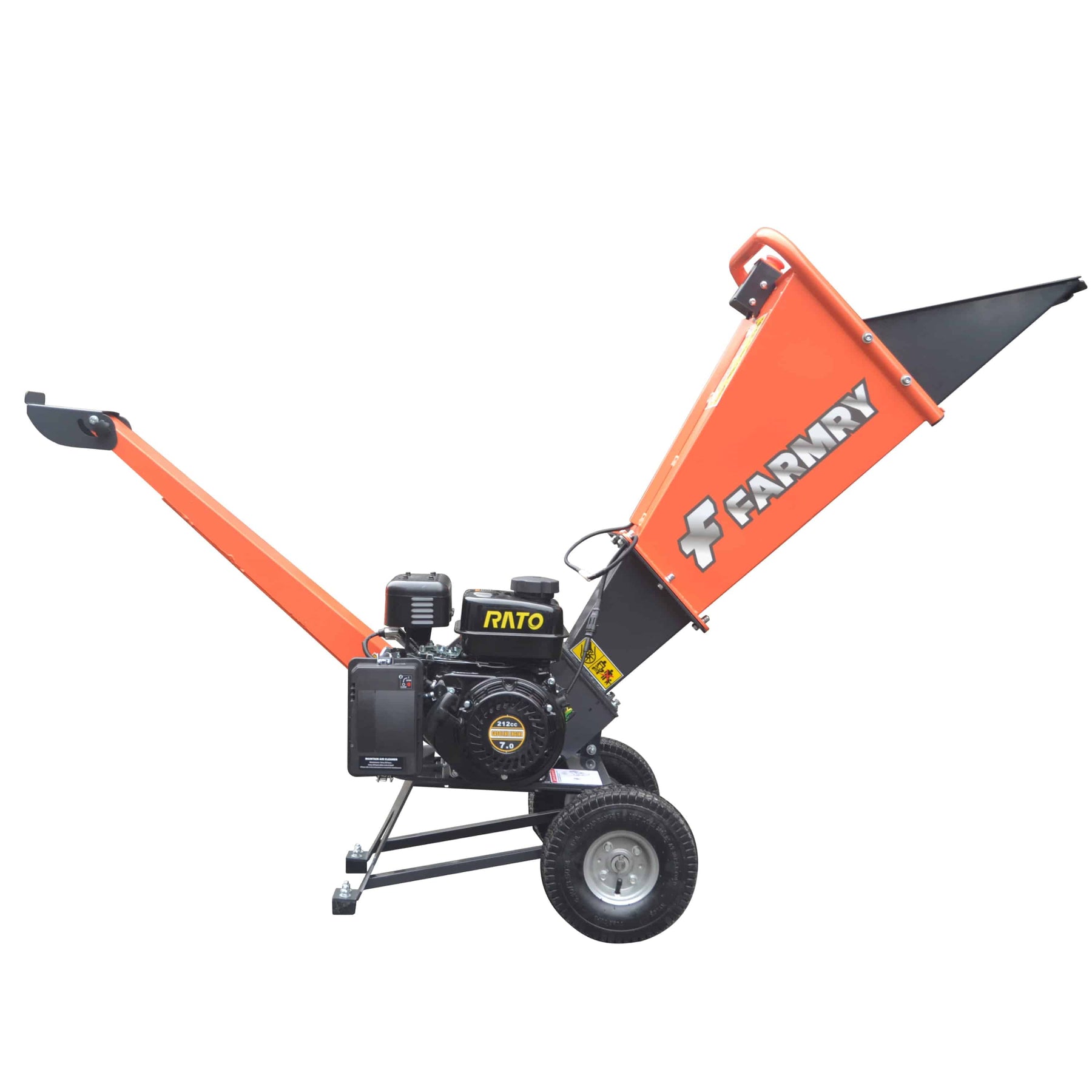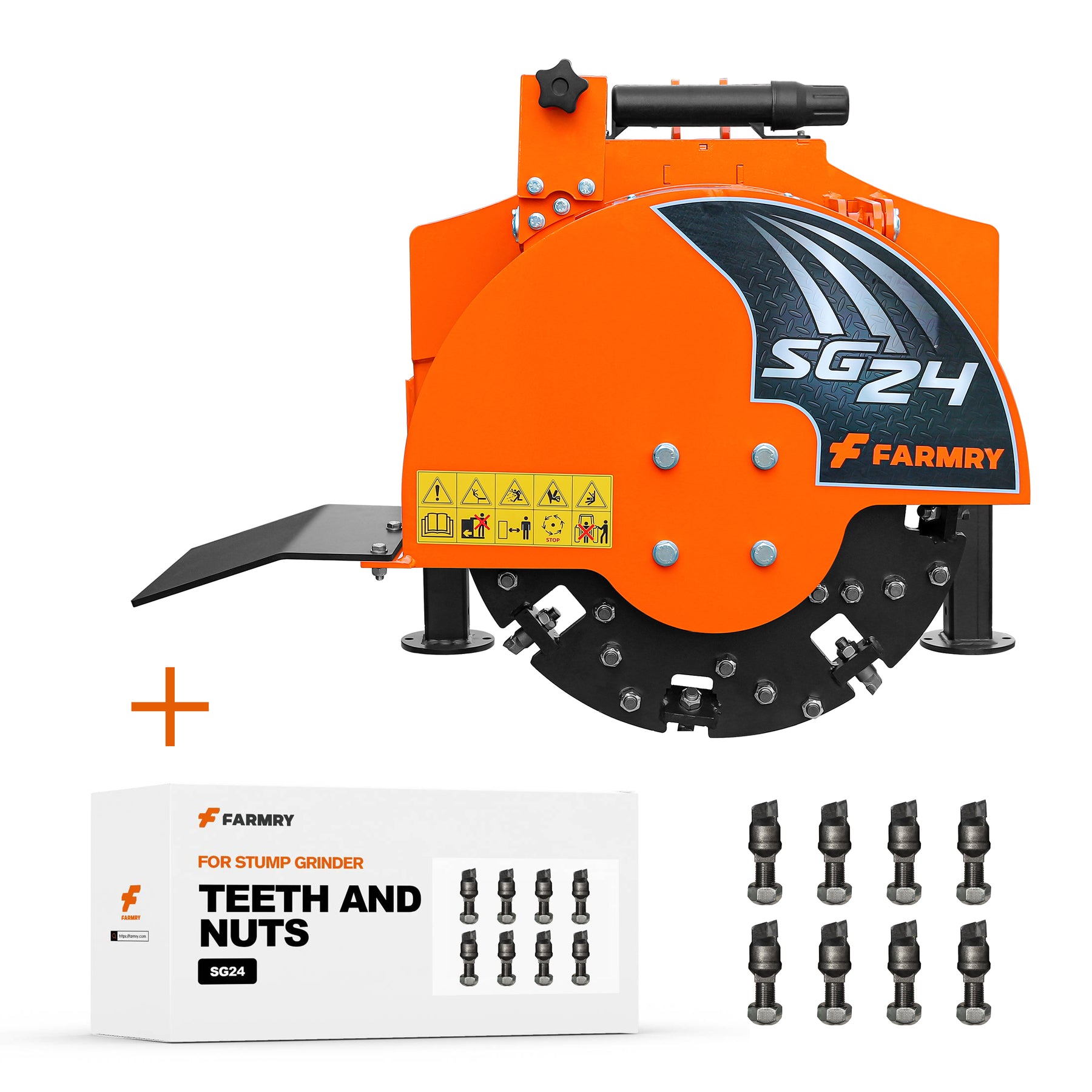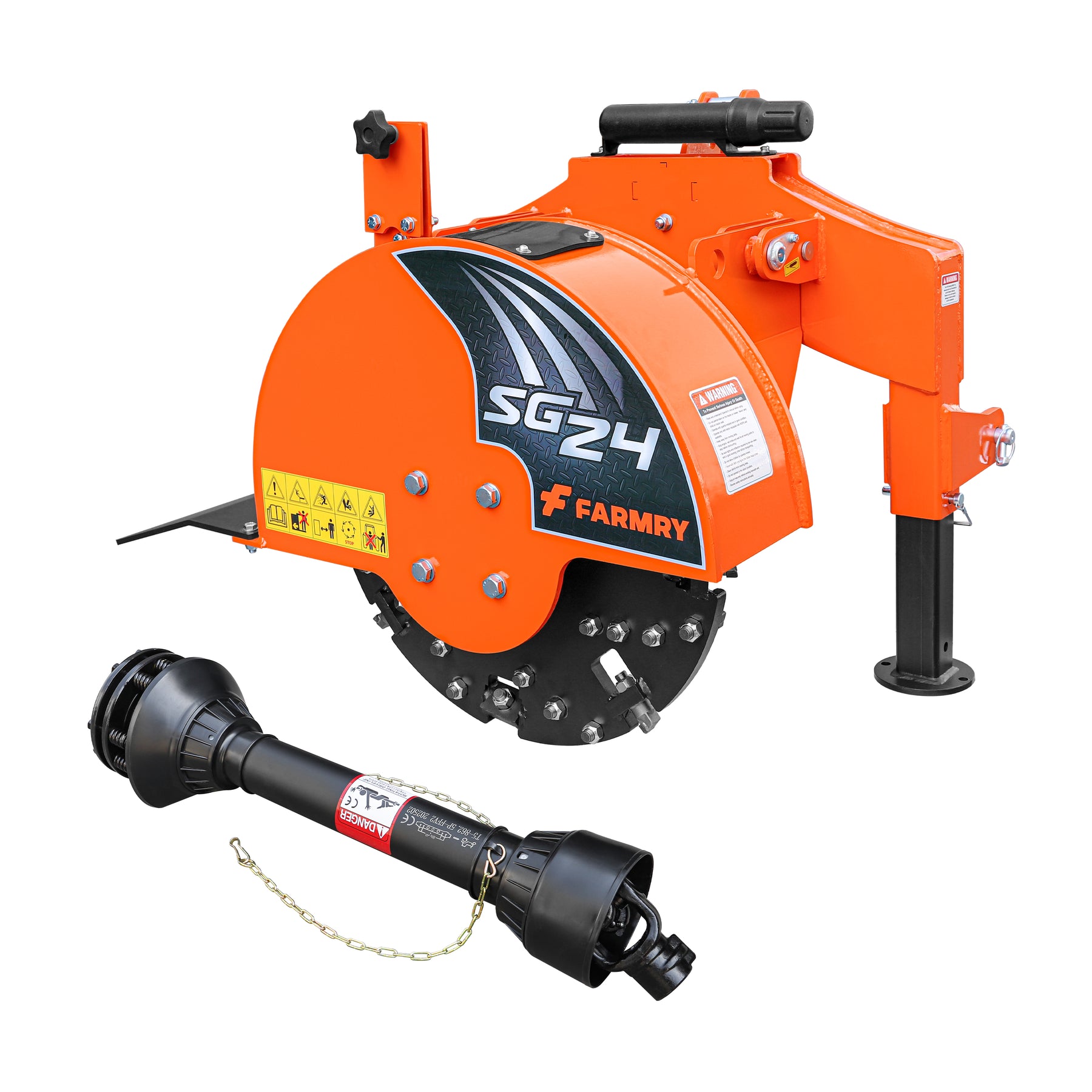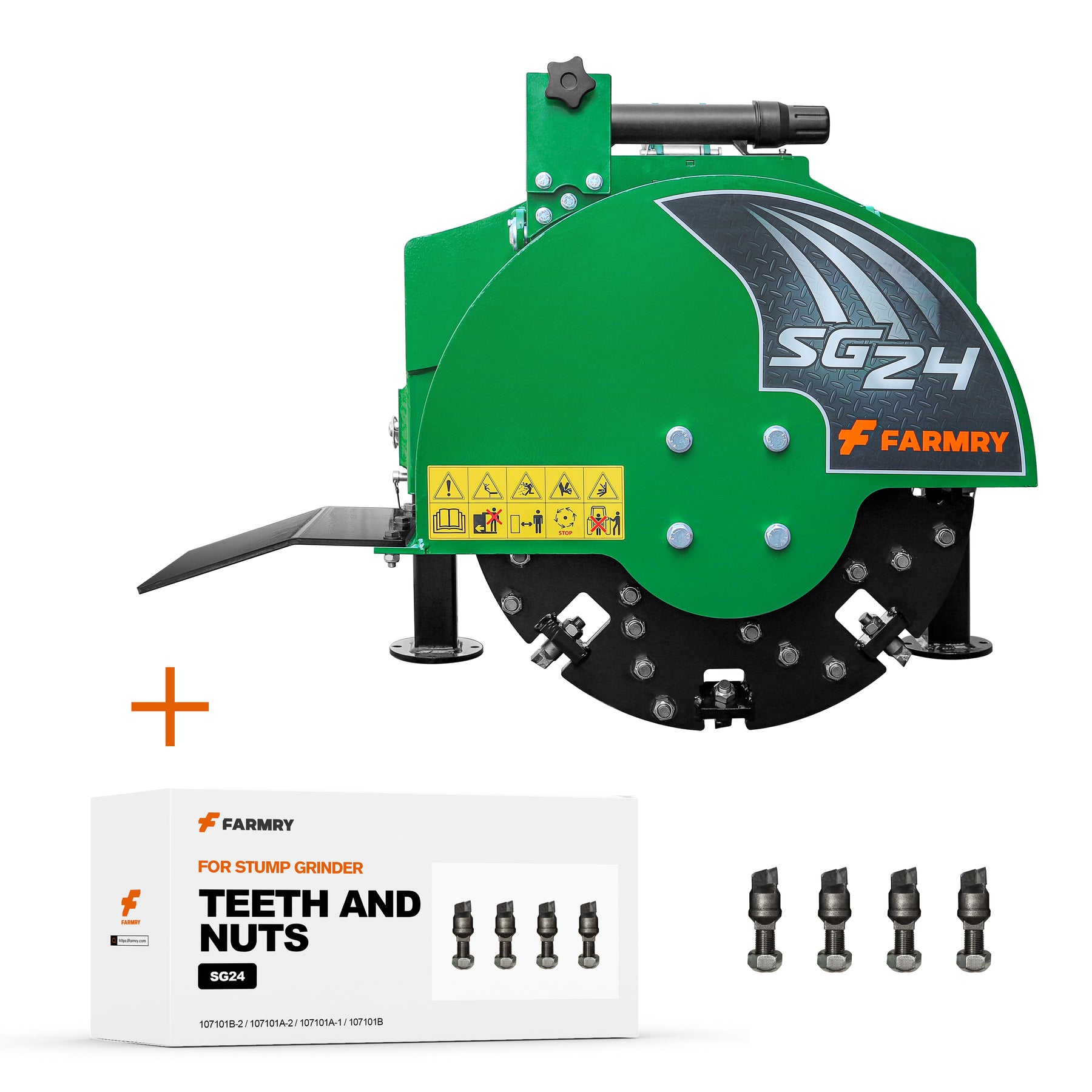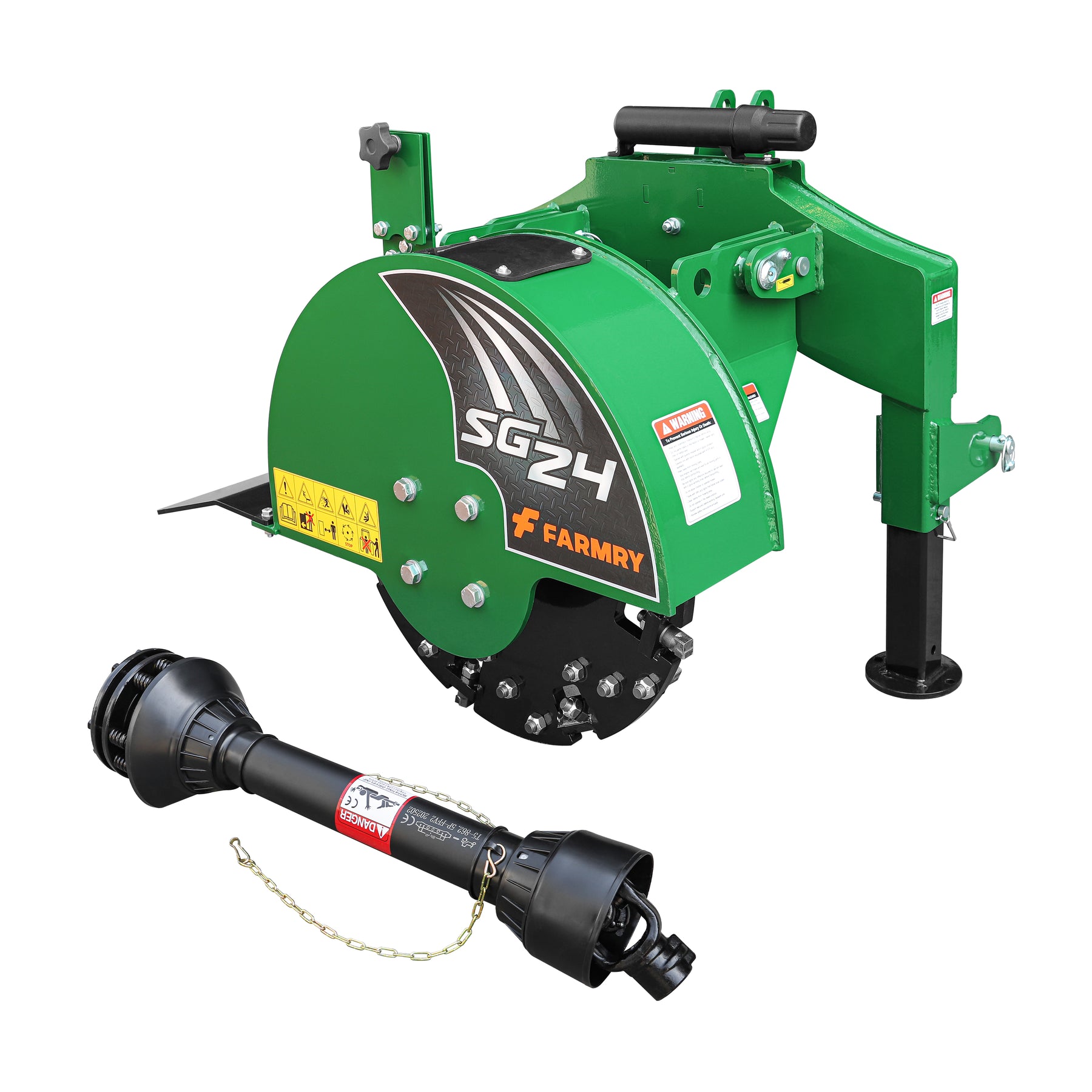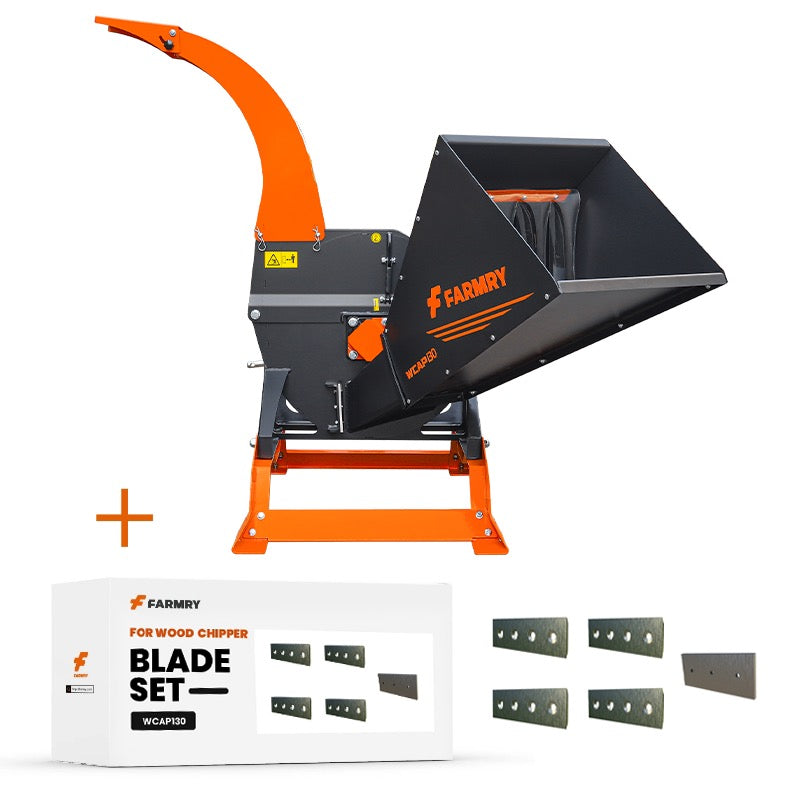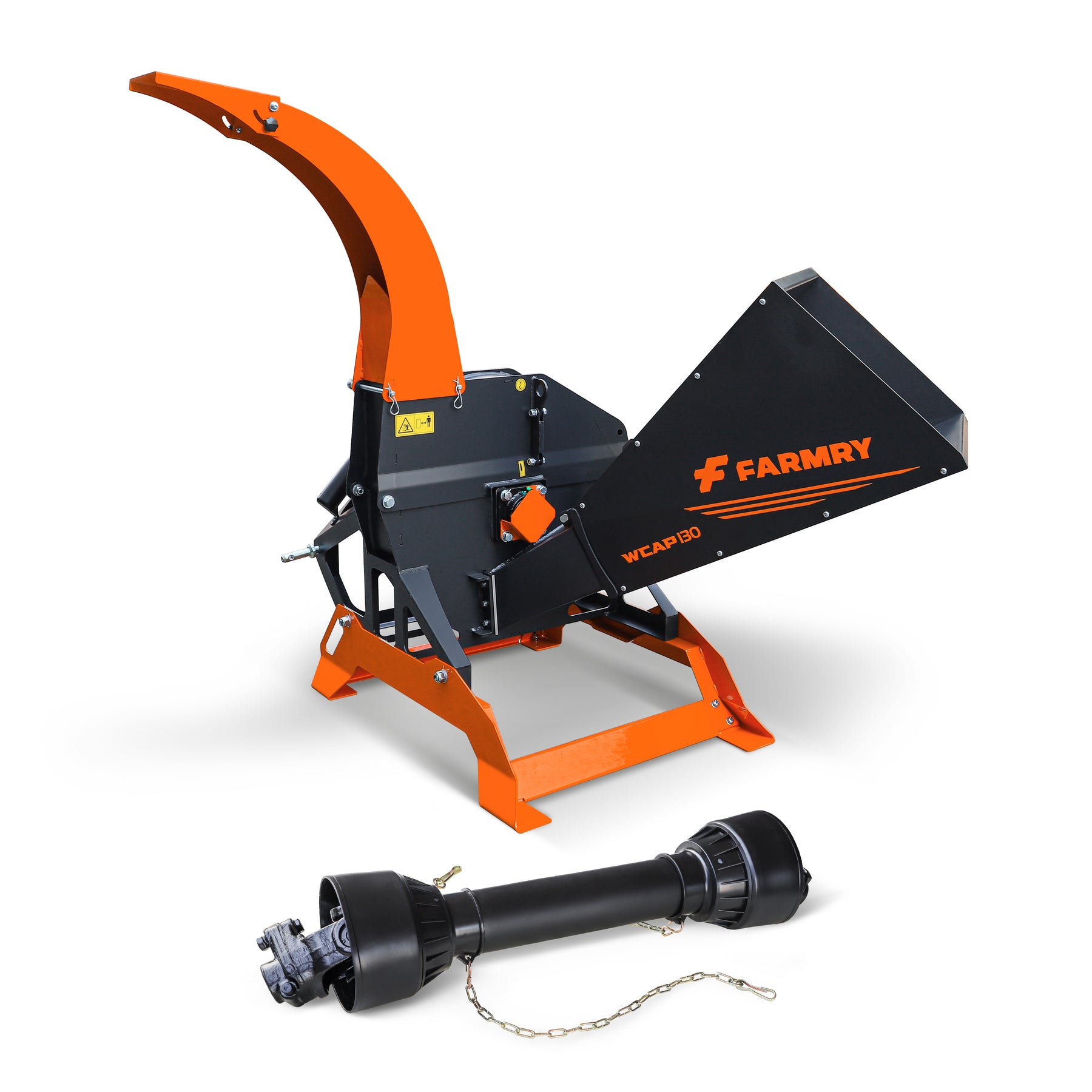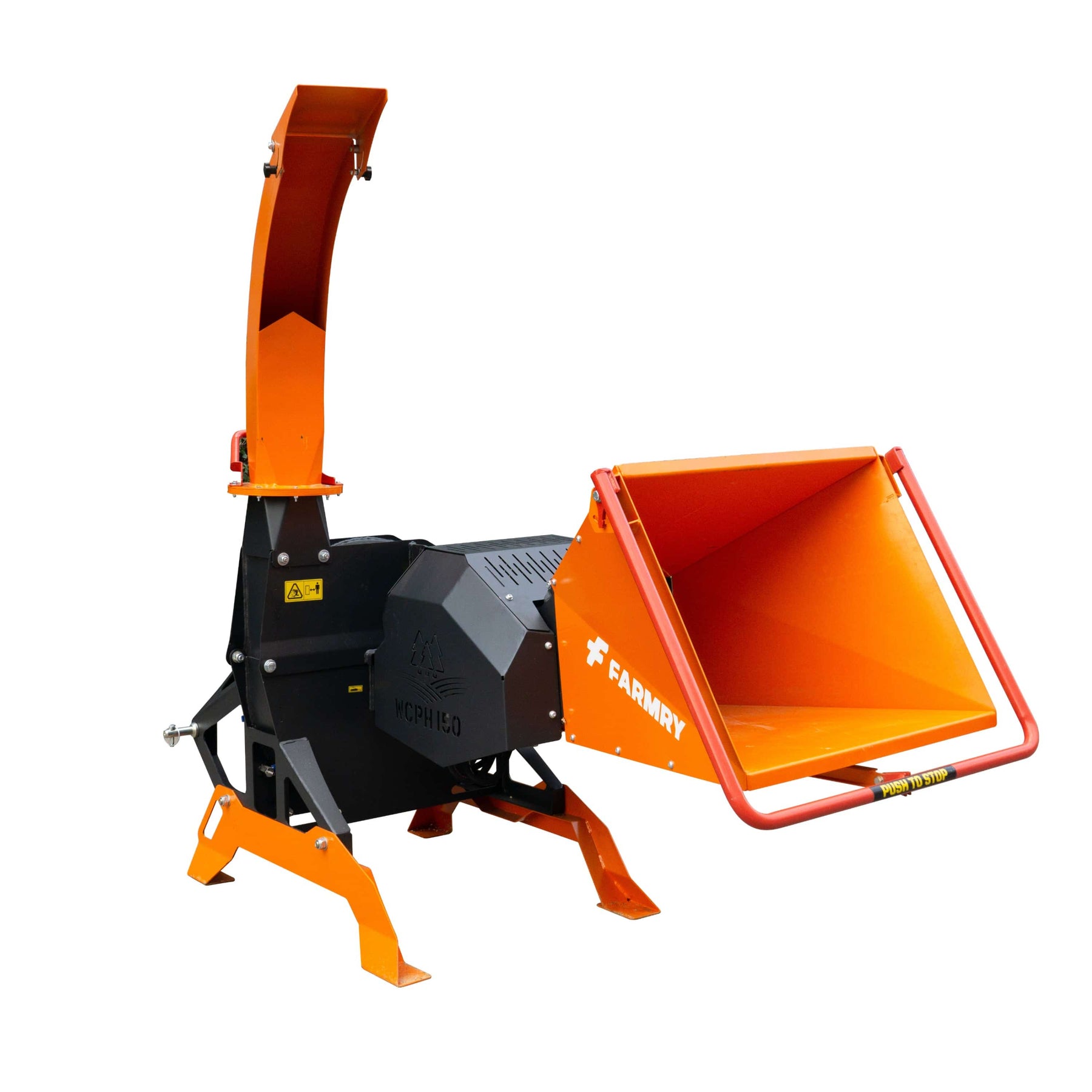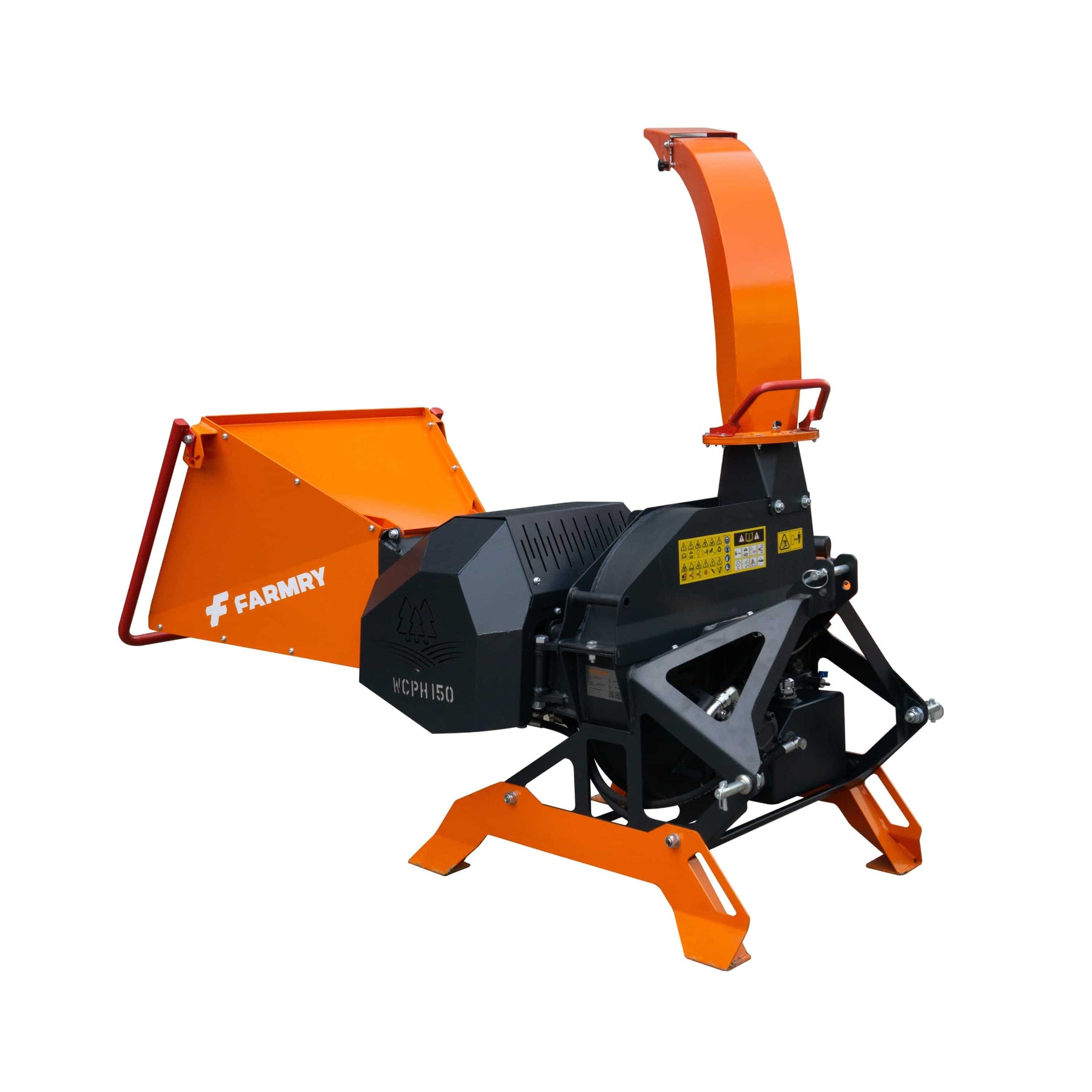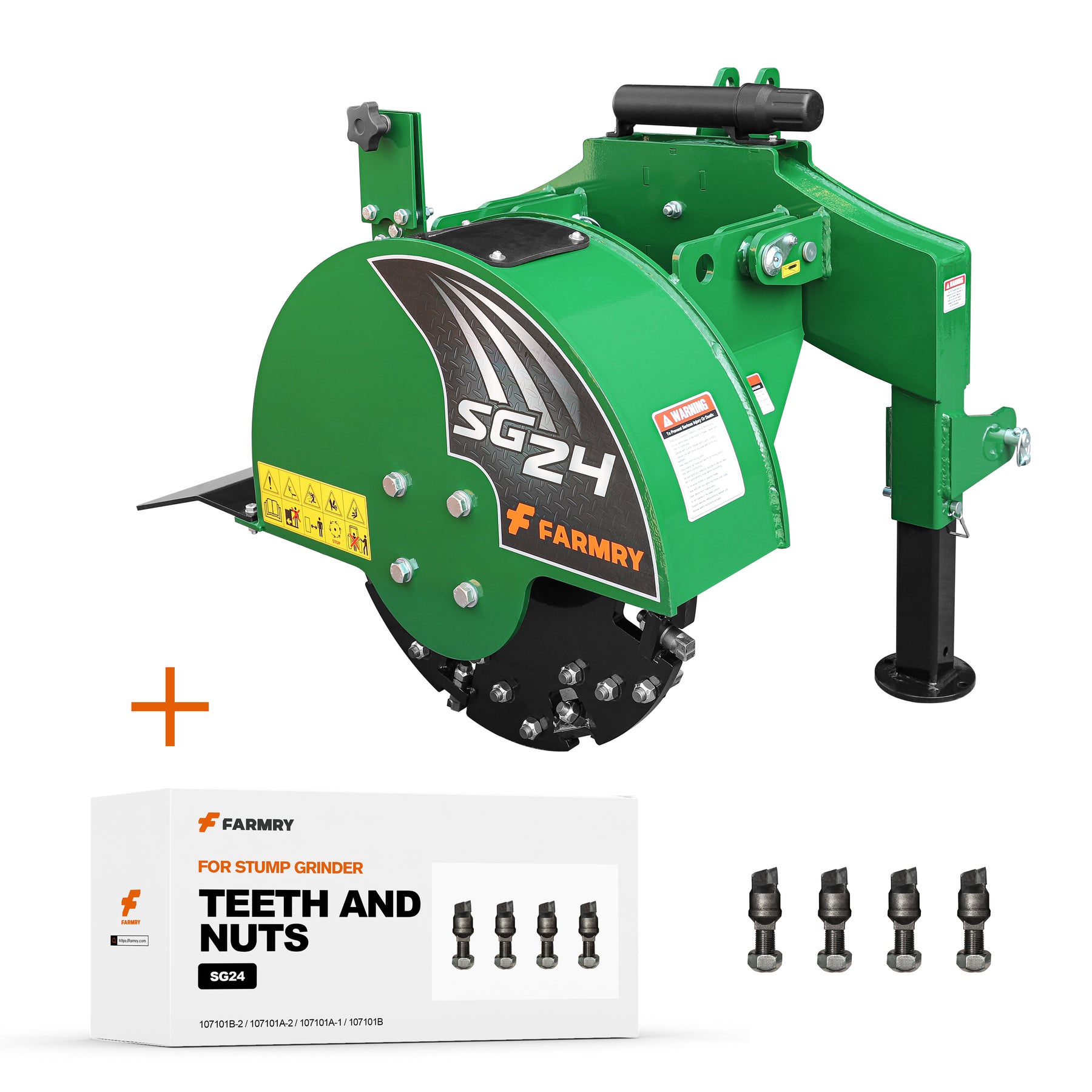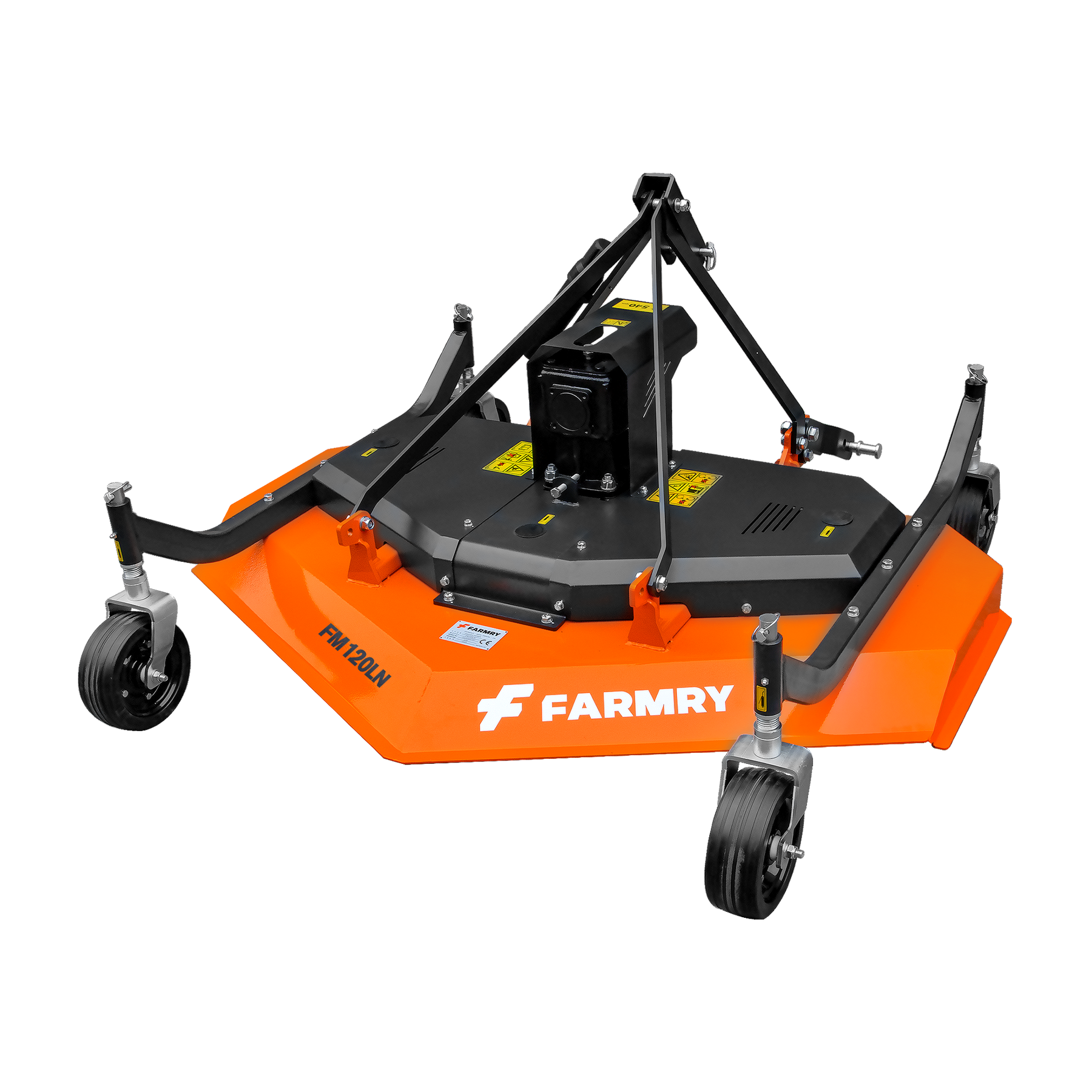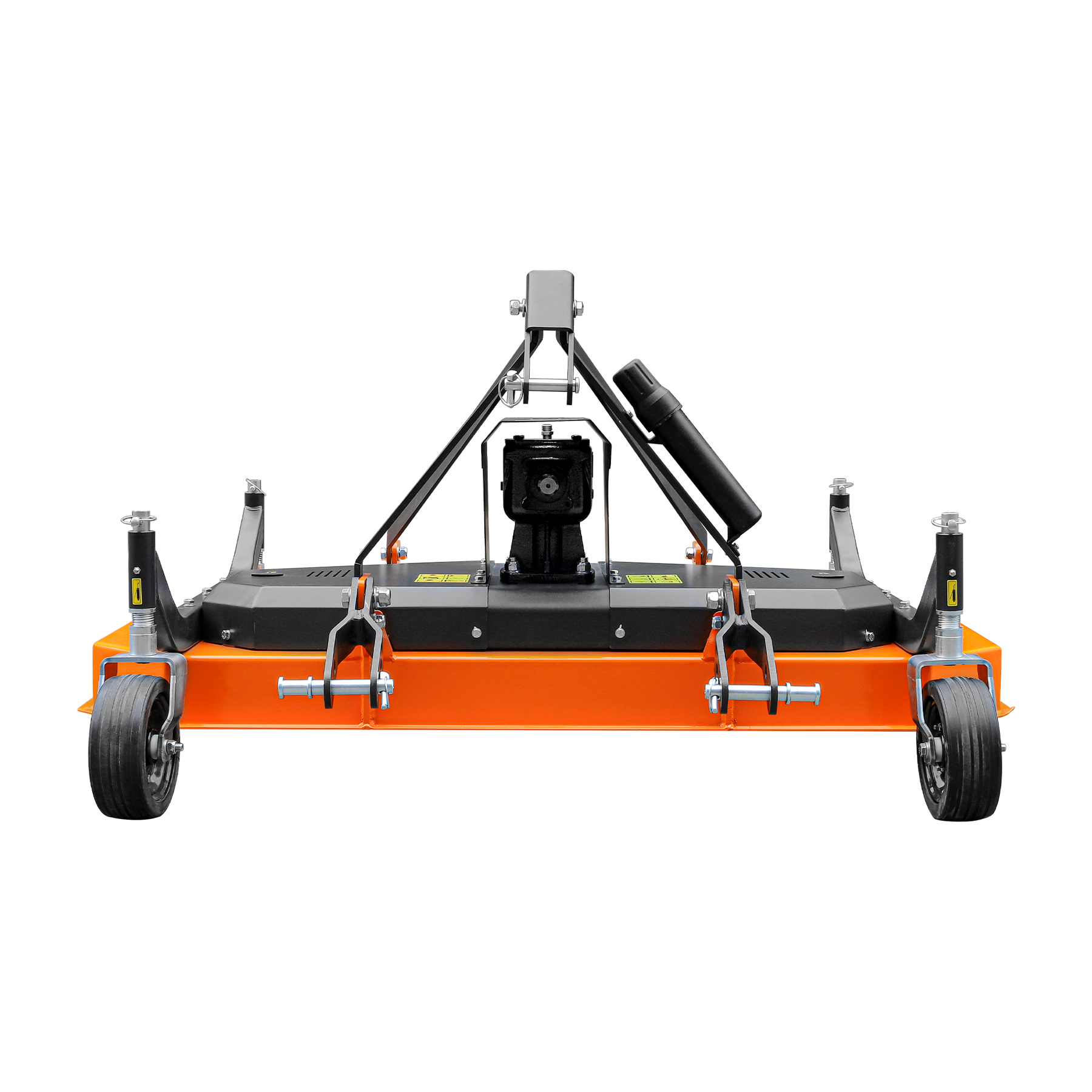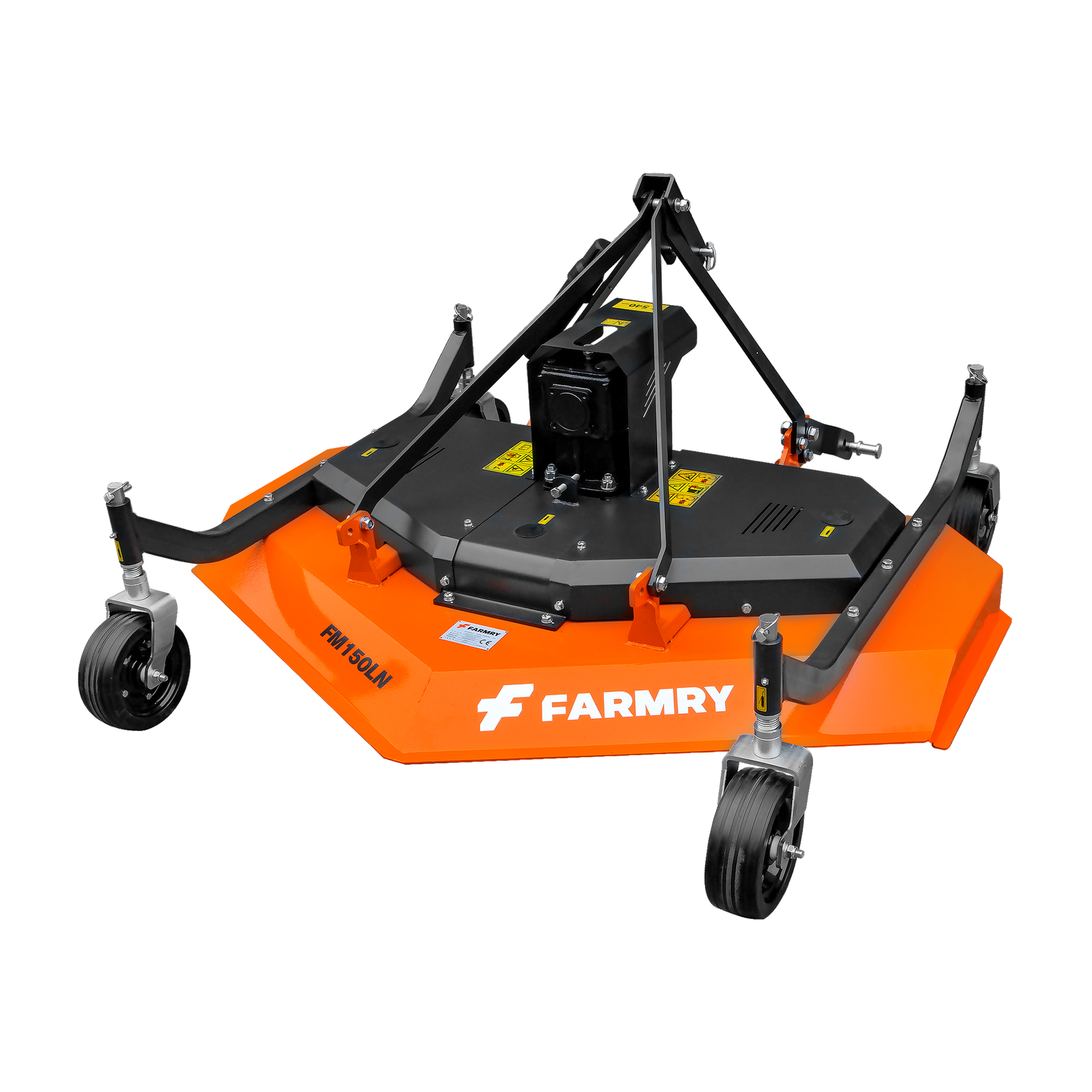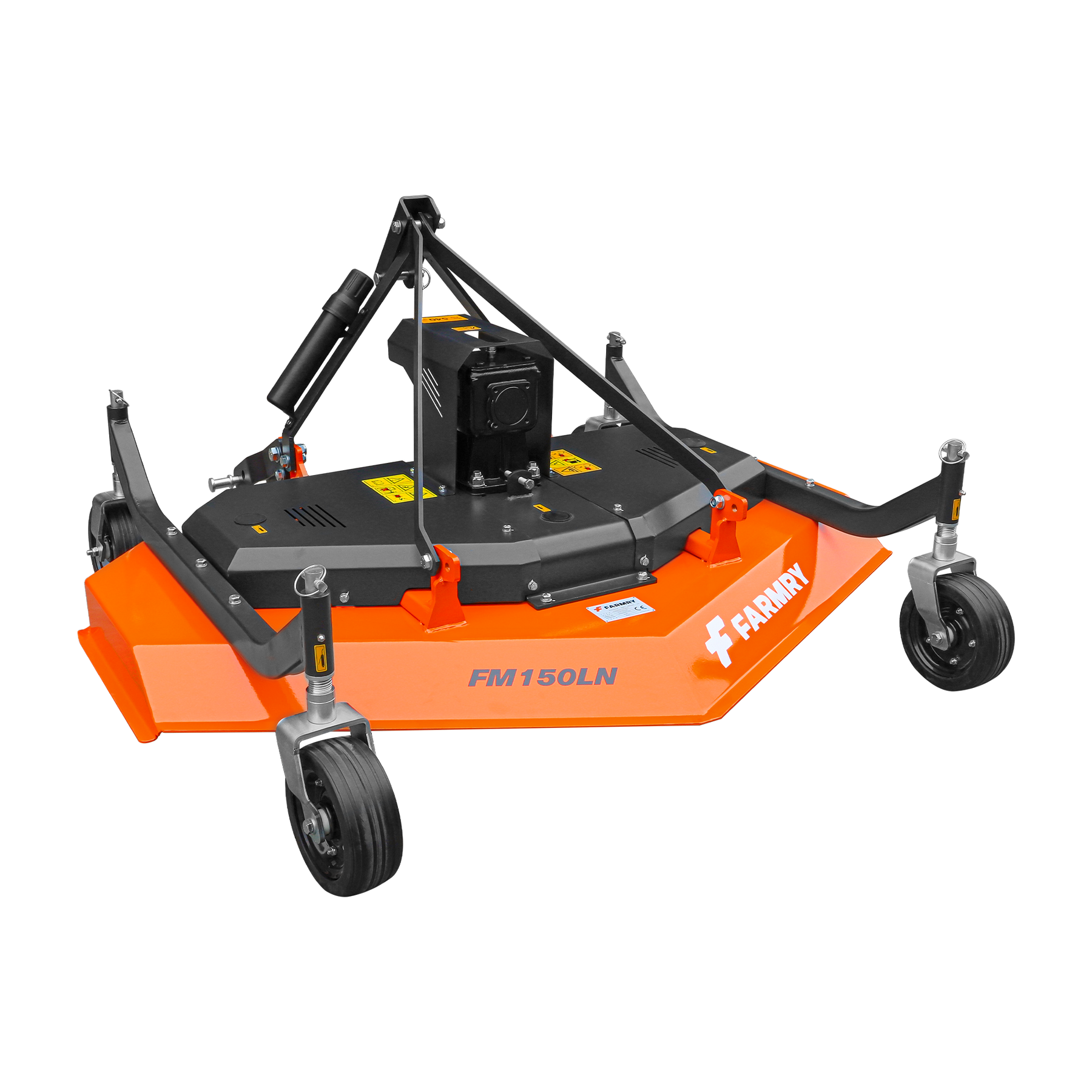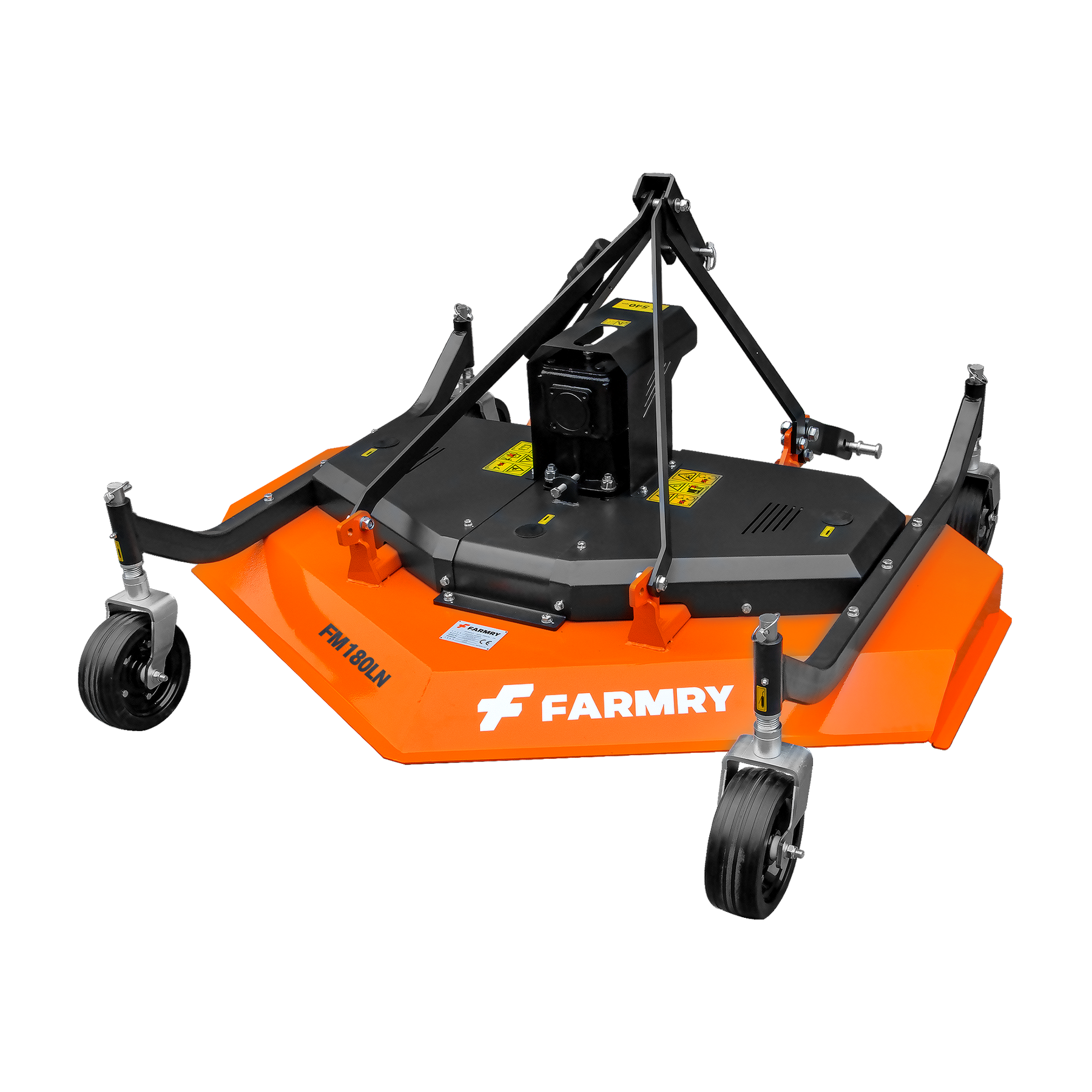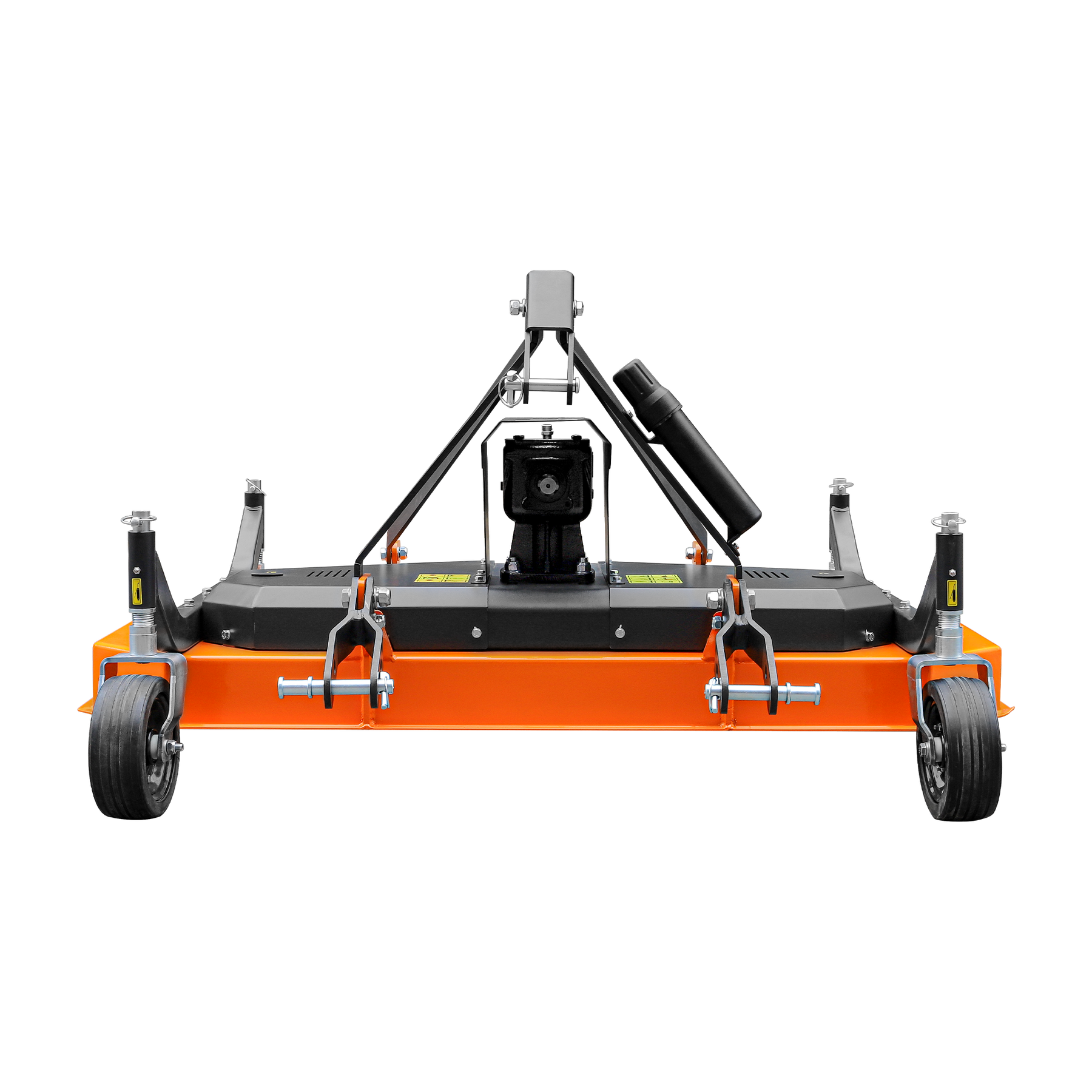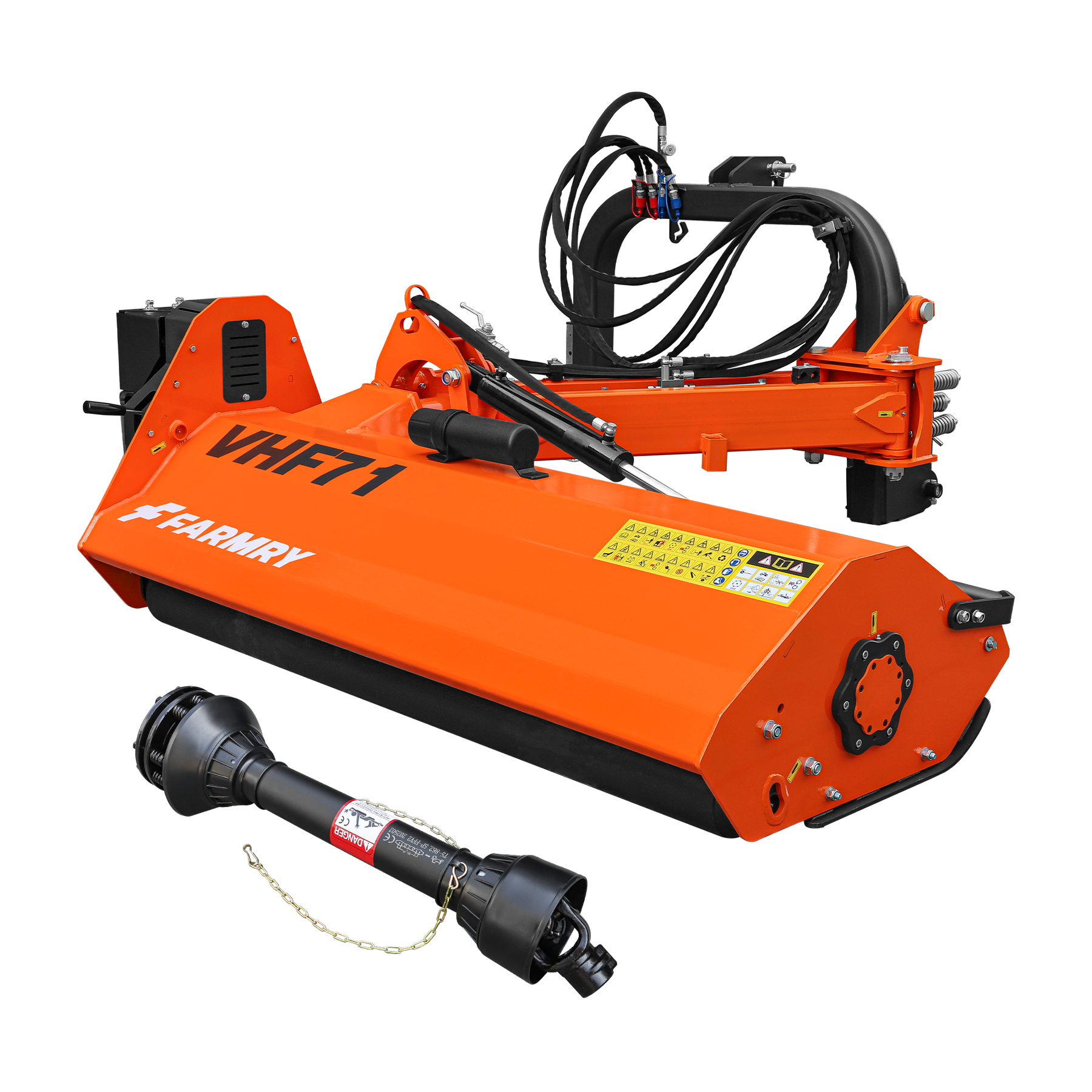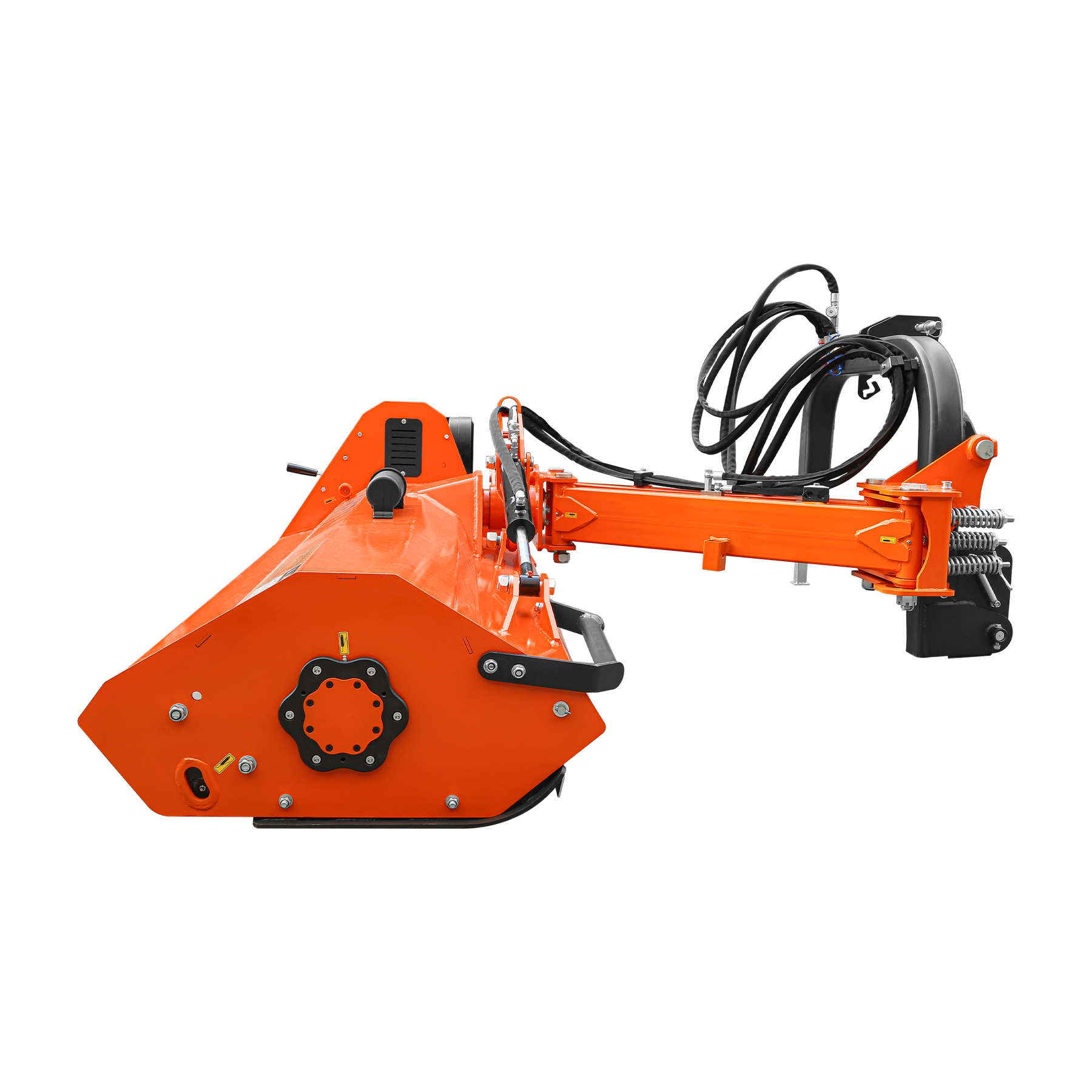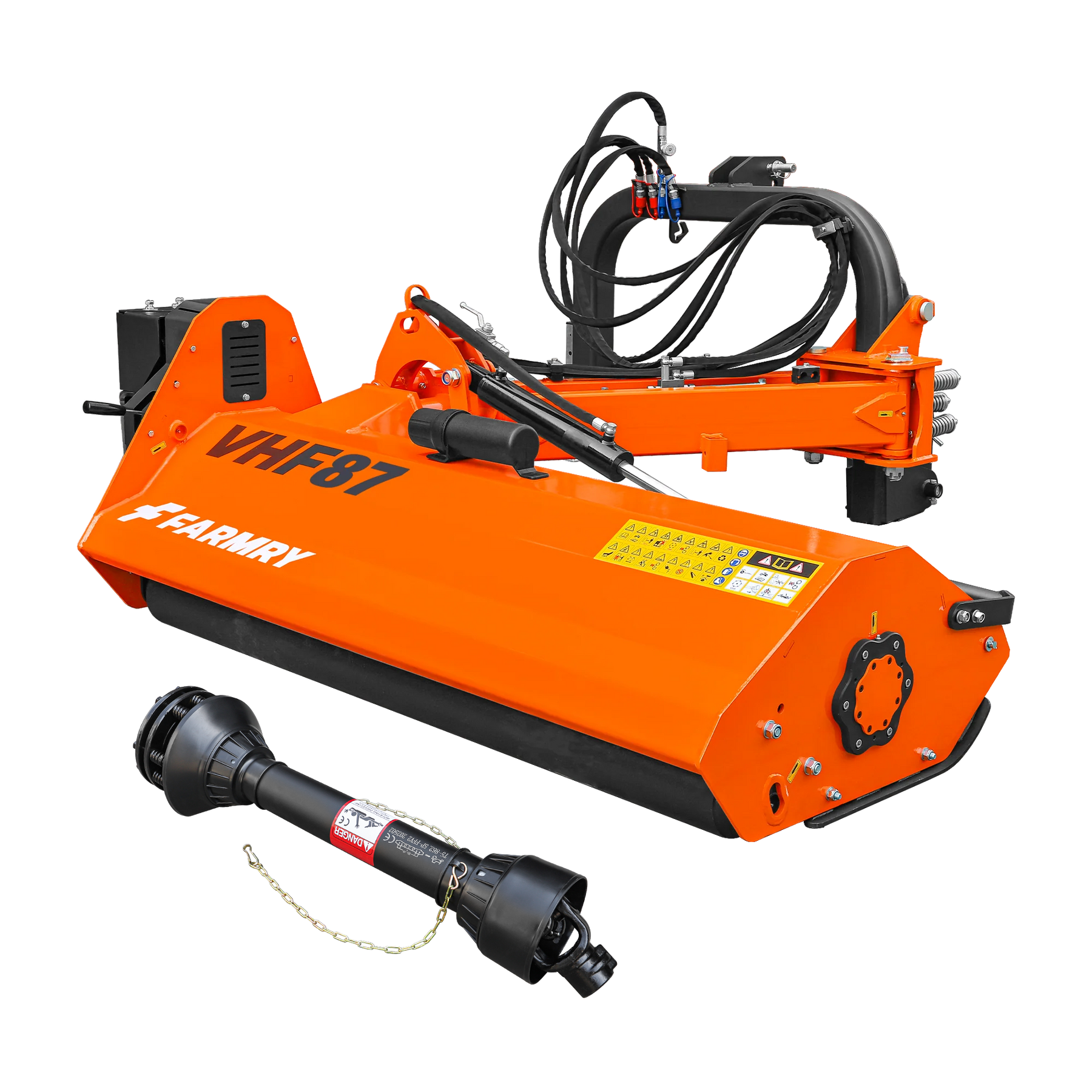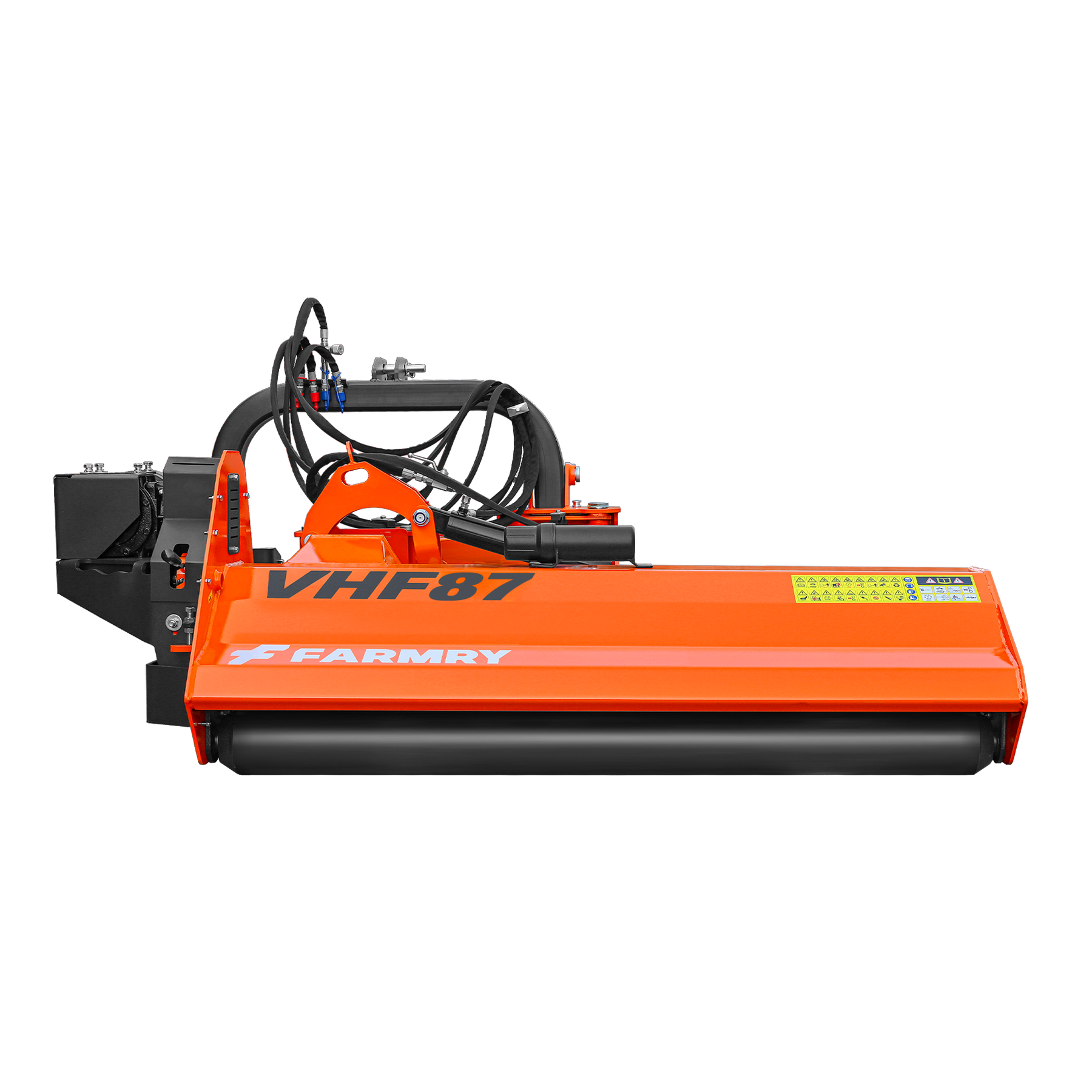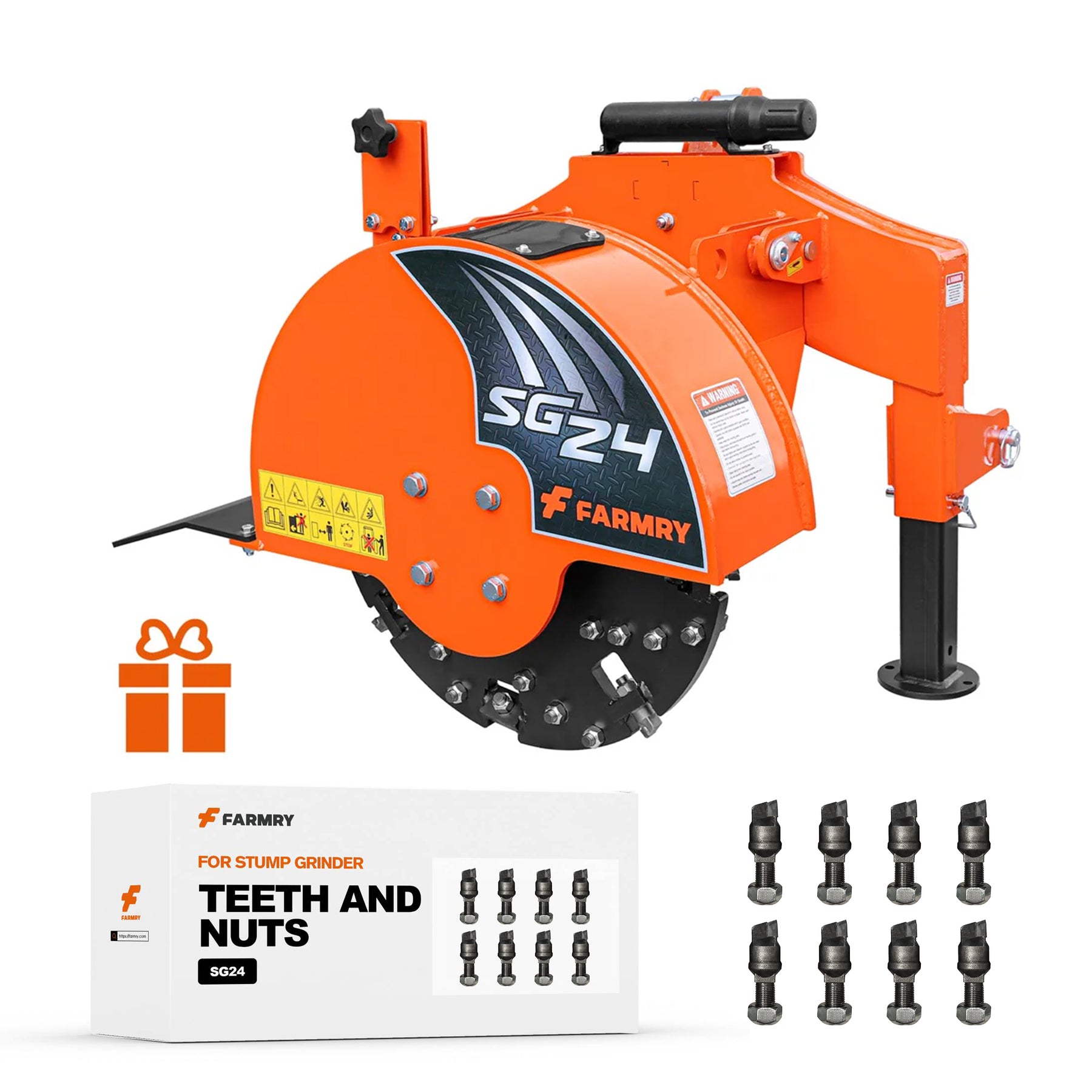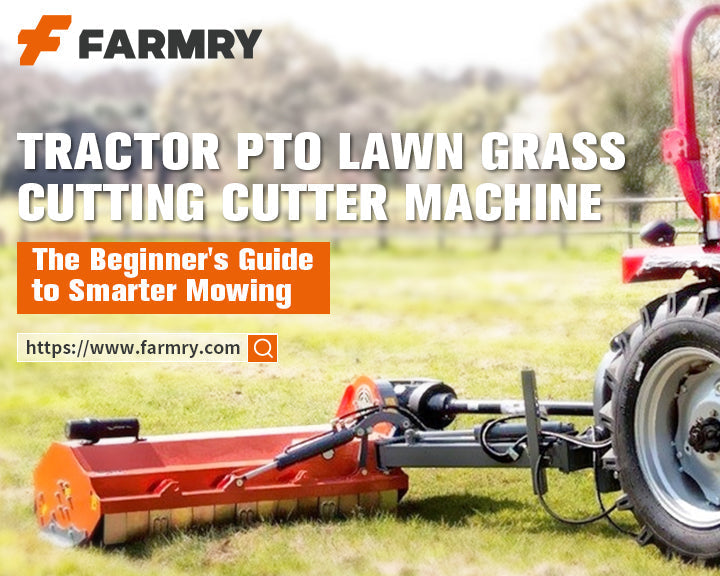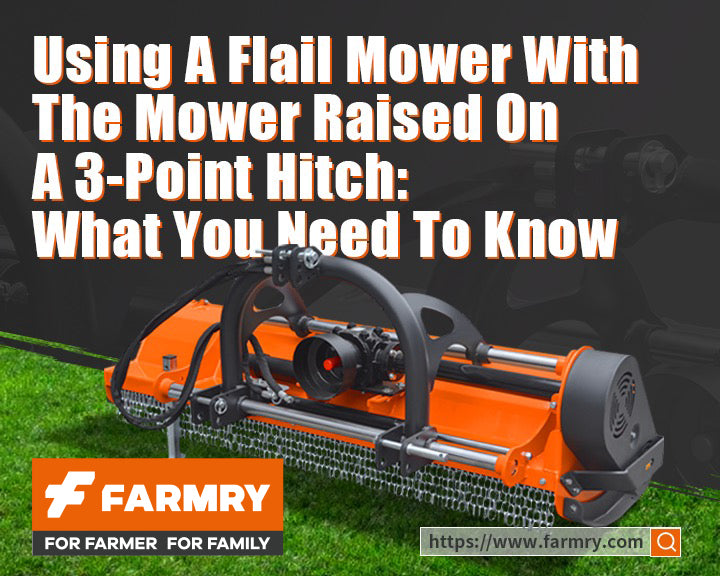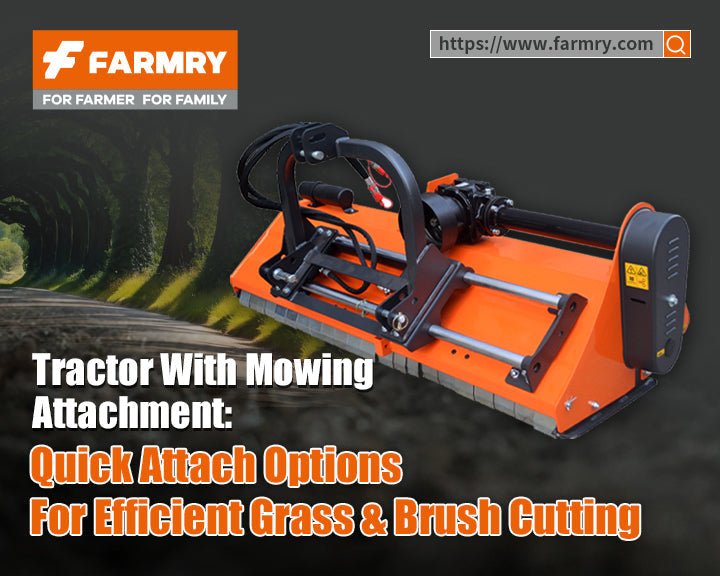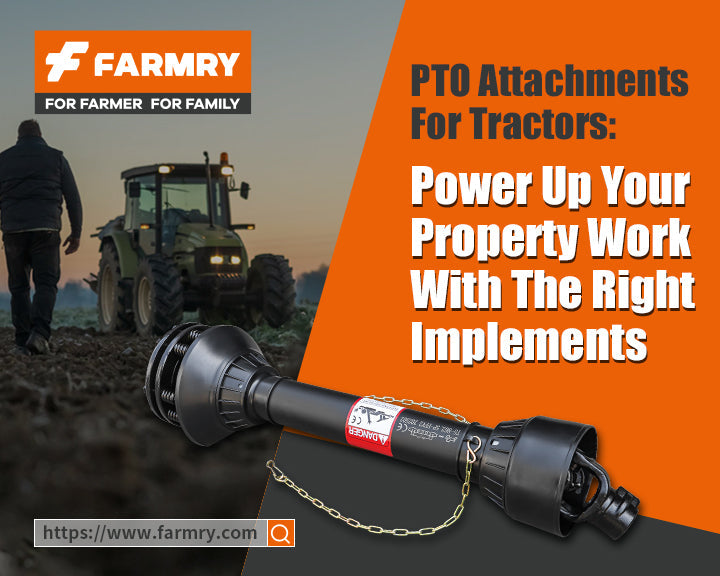
you may also like
Flail mowers
Shop durable flail mowers at Farmry—perfect for cutting grass, vines, and thick brush. Featuring hammer blades, high quality mower deck, rear rollers, and adjustable cutting height, our mowers handle the toughest terrain with ease full range. Compatible with tractors from 15–90 HP. Free shipping, U.S. support, and 12-month warranty included. Built for landowners and pros.
1. What are flail mowers good for?
Flail heavy duty mowers are built for mowing in the toughest conditions, especially where standard lawn mowers struggle. Thanks to their rotor equipped with y blades or hammer blades, they can handle thick brush, vines, and overgrown grass with ease. Often used along roadsides, around buildings, and in fields, flail mowers deliver a smooth cut even on uneven ground. The rear roller and skid plates help stabilize the machine, protecting it from an immovable object or mud. Ideal for both commercial and residential landowners, they also act as effective flail shredders or flail mulchers to process leftover debris into fine mulch.
2. What is the limitation of a flail mower?
Despite their versatility, flail mowers have a few limitations. Unlike rotary cutters, they’re generally slower and require more PTO horsepower (hp) depending on the size and cutting width. Also, while hammer blades can chop brush, they may not handle trees or large saplings efficiently. Another downside is cost—flail mowers, particularly those with wide drums, offset capability, and advanced PTO gearboxes, can be more expensive. Additionally, they need more frequent blade checks and material maintenance due to exposure to rust and damage.
3. Which is better, a flail mower or a bush hog?
It depends on your land and goals. A flail mower provides a cleaner finish, especially with y blades or hammer blades, making it better for grass, hedges, and vines. It also handles debris better with minimal risk of flying objects, thanks to its enclosed drum. and PTO-driven rotor system.On the other hand, a bush hog (rotary cutter) is better for clearing larger brush or small trees, due to its sheer blade size and width. If you're mowing close to fences, buildings, or roadsides, the flail’s controlled cutting is safer. However, bush hogs usually have a lower cost and faster operation depending on the tractor and terrain.
4. How big of a tree will a flail mower cut?
Flail mowers aren’t designed to cut trees, but they can manage saplings and woody brush depending on the blade type. With hammer blades, some heavy-duty flail shredders or flail mulchers can tackle material up to 1.5 inches in diameter. Anything larger risks damage to the drum, rotor, or blades, especially if you hit an immovable object at speed. For serious land clearing, a forestry mulcher or brush cutter would be more appropriate.
5. Can you mow backwards with a flail mower?
Yes, many flail mowers can mow in reverse—but it depends on the build, skids, and how it's attached to the tractor. If your model includes rear wheels or a rear roller, the reverse mowing motion is smoother and reduces ground scalping. However, always consult the PTO direction and gearbox settings. Mowing backward should be limited and controlled, especially near offset areas or debris, to avoid damage or blade jamming.
6. How high can you cut grass with a flail mower?
The cutting height of a flail mower can usually be adjusted between 1 to 6 inches, depending on the model and skid plate or rear roller setup. Some heavy-duty PTO flail mulchers may go higher to handle brush and mulch operations. You can adjust the height manually or hydraulically, making it flexible for grass, weeds, and even cover crops. The key is choosing the right blade type—y blades for finesse or hammer blades for density.
7. What size tractor do I need for a flail mower?
To determine the right tractor size, look at the cutting width and weight of the flail mower. For small models (e.g., 48–60 inches), a Category 1 tractor with 15–30 hp usually suffices. Larger or hydraulic offset mowers may require 50–90 hp, especially if using heavy drum flail shredders. Always check your PTO horsepower and cat (Category) rating. Using an undersized machine risks poor cutting, mechanical strain, and possible gearbox failure.
Trust & Benefits Bar
| Free U.S. Shipping | 12-Month Warranty | Heavy-Duty Hammer Blades | Offset & Hydraulic Options | U.S.-Based Support |
Choose the Right Mower for Your Job, Built for Your Land, Your Needs
| Hobby Farmers: Simple, tough, and affordable. | Homesteaders: Clear brush safely near fences & buildings. |
| Municipal Crews: Offset mowers for roadsides and ditches. | Vineyard/Gardeners: Precision mowing between rows. |
| Contractors: Clean finish, pro reliability. | |
Comparison Table
| Category | Primary Use | Cutting Width | HP Range | Key Features |
| 3‑Point Flail Mowers | General grass and light brush clearing | 45″–87″ (e.g., LFS53, MFS69, HFS87) | 15–85 HP | Standard rear-mounted 3‑point hitch; cast‑iron gearbox (medium/heavy duty); adjustable rear roller |
| Offset Flail Mowers | Mowing alongside fences, ditches, and embankments | Typically 50″–65″ (e.g., VLF50, VLF65) | 25–45 HP | Manual offset for edge reach; ideal for fence/ditch trimming; lightweight yet versatile |
| Hydraulic Flail Mowers | Precise mowing in varied terrain | 50″–87″ (e.g., VLF50 hydraulic, MFSS61, HFSS87) | 25–85 HP | Hydraulic side-shift/float, adjustable on-the-fly; ideal for ditches and uneven terrain |
| Pro Series Flail Mowers | Commercial-grade cutting on rough ground | 47″–63″ (e.g., LFP47, LFP54, LFP63) | 25–45 HP | Heavy-duty hammer/Y blades, severe-duty rotor, rear roller, cast-iron gearbox; built for durability |

